In modern bathroom design, inset mirrored medicine cabinets are gaining popularity. This type of medicine cabinet can be flush with the wall, has a strong sense of integrity, saves space, and can also accommodate multiple functions, such as mirrors, storage, and lighting. However, to achieve this neat installation effect, higher requirements are placed on the wall structure, dimensional measurement, electrical wiring, and other aspects. This article will systematically introduce the preparation process before installation to help users or installers complete the installation of inset mirror medicine cabinets.
1. Clarify the size requirements: ensure accurate opening
The installation of inset medicine cabinets first requires an understanding of three key dimensions:
Overall Size: The final appearance size of the medicine cabinet after installation.
Rough Opening: The actual size of the hole that needs to be cut in the wall.
Recess Depth: The minimum depth requirement for the cabinet to be inset in the wall.
Before installation, ensure that you determine the specific parameters according to the product manual. It is also recommended to reserve 1/8"–1/4" of error adjustment space in the opening size.
At the same time, pay attention to evaluating the available depth of the wall. For common 2×4 wall structures, the adequate depth is usually 3.5", while 2×6 walls can reach 5.5", which is suitable for deeper cabinets.
2. Check the wall structure: fixation must be guaranteed
To ensure a firm installation, it is recommended to confirm the position of the wooden stud in the wall in advance:
Use an electronic detector to confirm the centre of the stud, which is generally 16" or 24". If there is not enough support in the wall, you can add blocking strips on both sides or above to provide complete support for the medicine cabinet. Verify that the wall is vertical and flat to prevent skewed mirrors or misaligned door panels after installation.
3. Avoid damaging pipelines: Early detection is crucial
Before drilling holes, the following should be carefully detected:
Are there any hidden facilities such as wires, water pipes, and ventilation ducts? If you plan to install a mirror cabinet with lighting, anti-fog features, or sockets, arrange the power wiring in advance to ensure GFCI grounding protection is in place.
All wires should be arranged according to safety regulations to facilitate future maintenance.
4. Moisture-proof treatment and sealing: Extend service life
Bathrooms are high-humidity environments. When installing medicine cabinets, pay attention to the following points:
All gaps in contact with the wall should be sealed with anti-mildew silicone glue.
If the wall is exposed wood or gypsum board, it should be treated with a moisture-proof coating first.
Insulation board can be installed on the back of the cabinet to reduce the impact of wall condensation on the mirror.

5. Suggested installation steps
A standard inset mirror cabinet installation process usually includes the following steps:
Measurement and marking: Draw lines according to the size in the manual to confirm the position.
Wall cutting: Use a plaster saw or reciprocating saw to open holes accurately.
Reinforcement treatment: Install blocking strips or supports when necessary.
Trial installation and levelling: Place the cabinet to check the position and adjust the horizontal and vertical alignment.
Secure the cabinet: Use screws to secure the four sides according to the instructions in the manual.
Electrical connection (if any): Connect lighting, anti-fog and other lines to ensure safety.
Edge sealing: Use silicone to seal the edges, preventing moisture from entering the wall.
Adjust the door panel: Adjust the hinges to ensure that the mirror door opens smoothly and the gap is uniform.
6. Installation height recommendation
The installation height of the medicine cabinet directly affects the user experience. The following is the recommended installation height for common groups (based on the centre of the mirror):
|
User Group |
Recommended Centre Height (inch) |
Remarks |
|
Average Adult |
57–61 inches |
Meets the visual and operational needs of most standing adults. |
|
Children & Teens |
47.2–55.1 inches |
Accommodates younger users’ height and enables independent use. |
|
Wheelchair Users |
47.2–51.2 inches |
Complies with accessibility standards and is easy to view and operate from a seated position. |
The height can be fine-tuned depending on the situation, but it is recommended that the centre line of the mirror be parallel to the face to ensure comfortable use.
7. Lighting and functional modules (if any)
If the selected mirror cabinet has lighting, anti-fog or socket functions, the following requirements should be noted:
The colour temperature of the light source should be controlled between 3000K and 4000K to avoid yellowish or cold colours.
The colour rendering index (CRI) is recommended to be above 90, which is conducive to tasks such as makeup and shaving.
The anti-fog function should have a safety temperature control device and be controlled independently from the power supply.
The socket should be waterproof and meet the requirements of electrical specifications.
8. Common problems and avoidance methods
Size mismatch: Failure to read the product manual carefully leads to incorrect hole opening.
Uneven wall: Failure to check verticality affects the closure and appearance of the mirror door.
Water vapour infiltration: Failure to perform a thorough edge sealing will cause the cabinet to deform or mould after long-term use.
The power supply cannot be repaired: No wire inspection port is reserved, making later maintenance difficult.
Conclusion
Although the inset mirror medicine cabinet is a "hidden" design, it has exceptionally high requirements for installation quality. Only with adequate preparation, accurate measurement and reasonable construction can the stability, beauty and durability of the mirror cabinet be ensured. It is recommended to fully communicate with the designer, electrician and carpenter before construction to clarify all details, especially size, power supply and structural reinforcement. After installation, the mirror medicine cabinet will become a core accessory in the bathroom, combining practicality and beauty to add convenience to daily life.

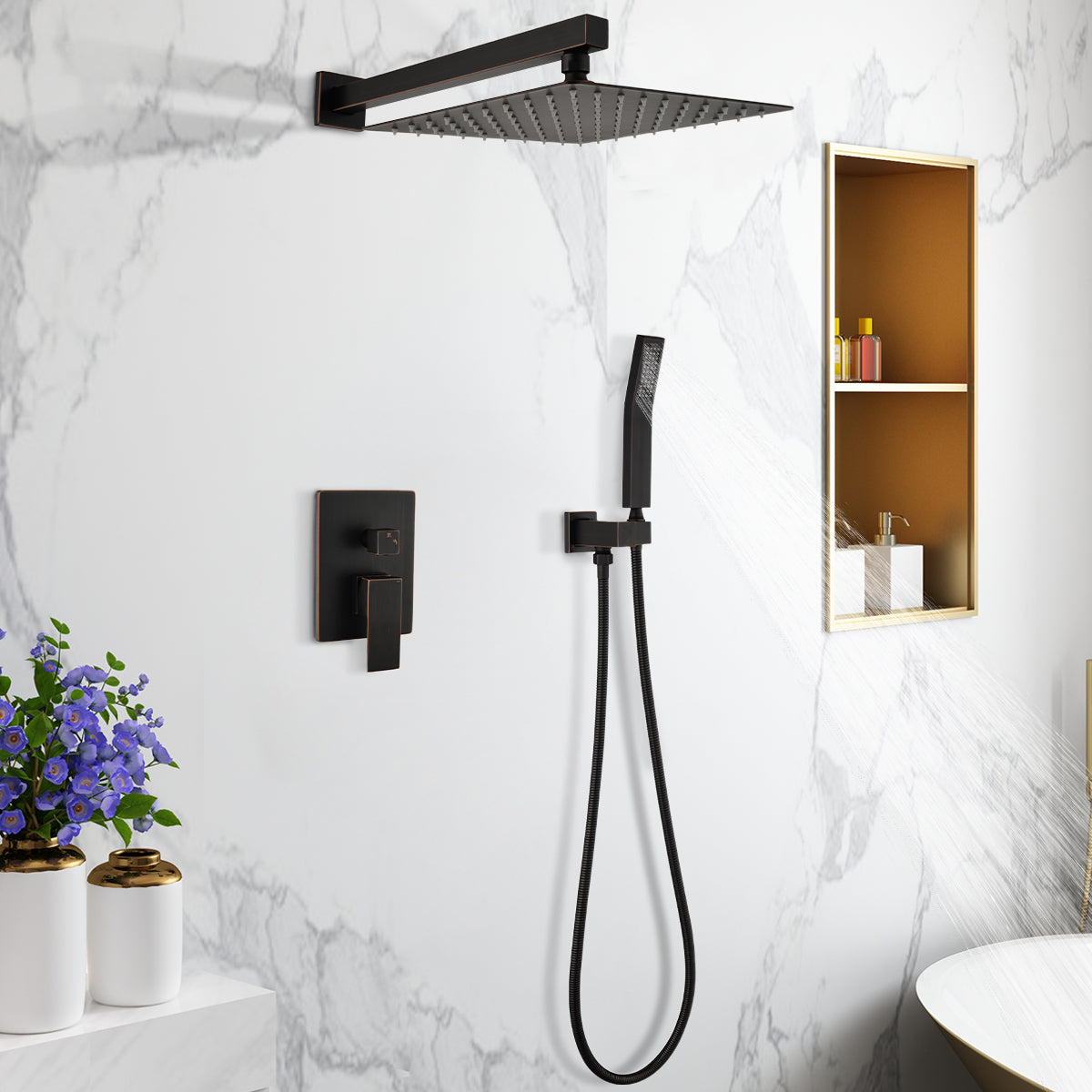
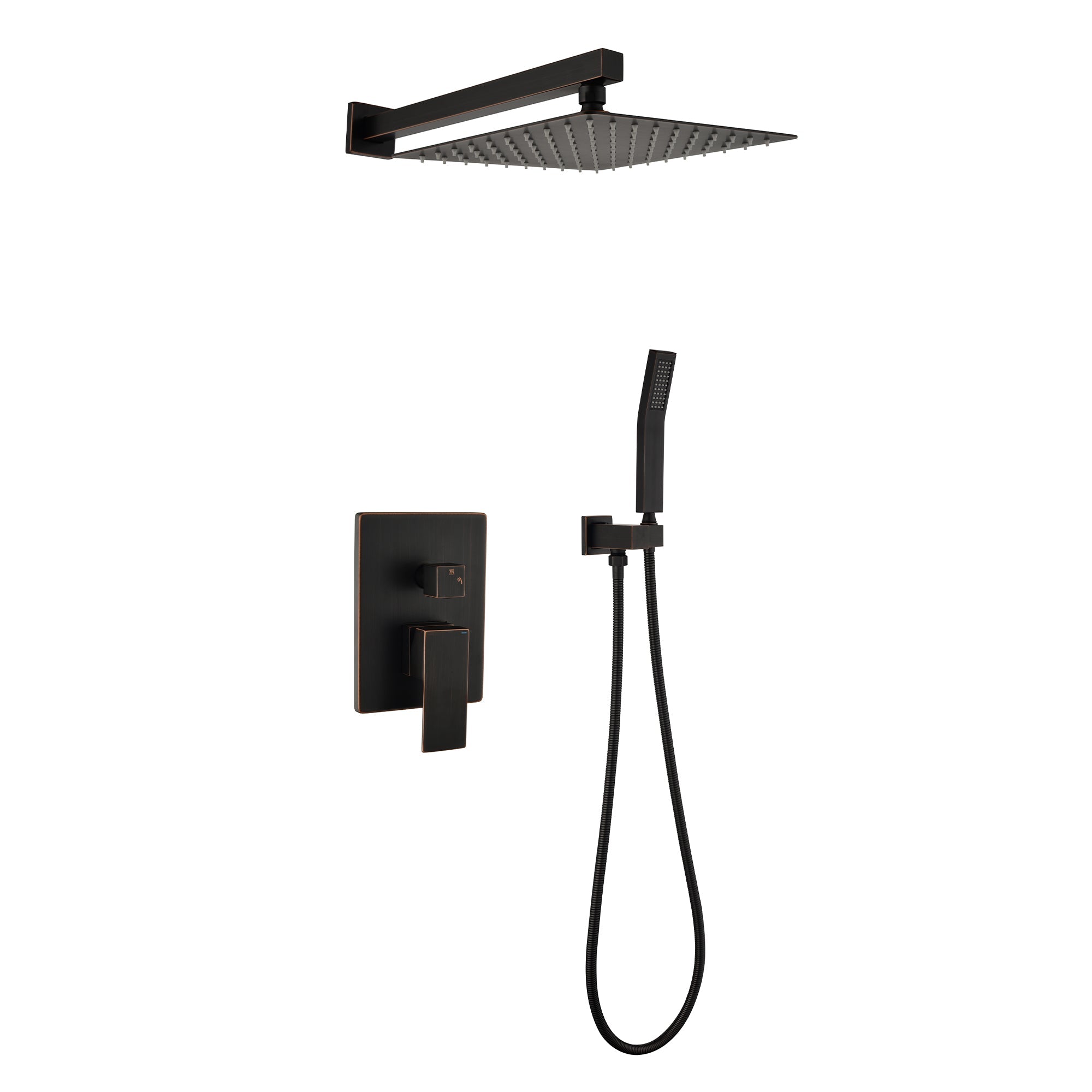


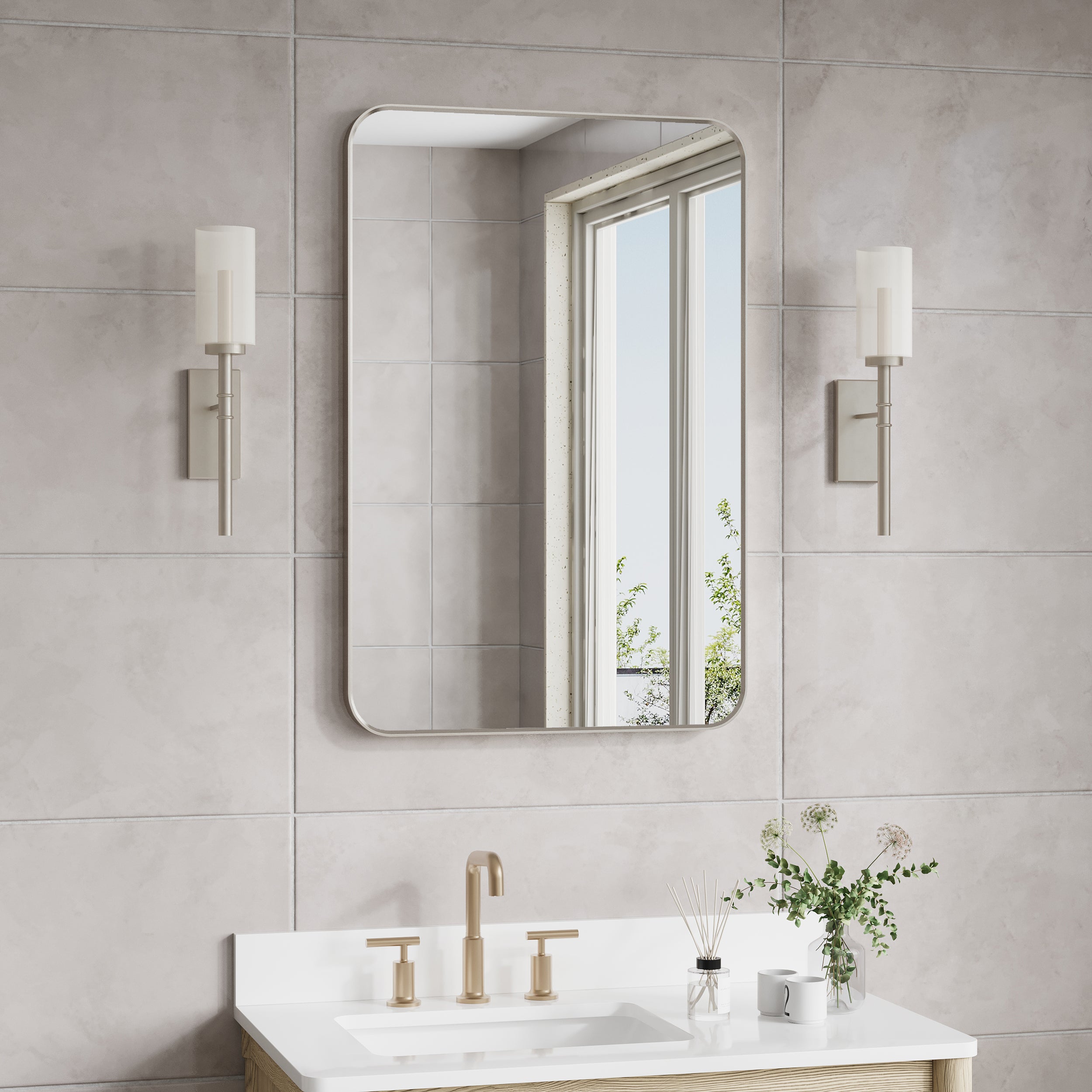
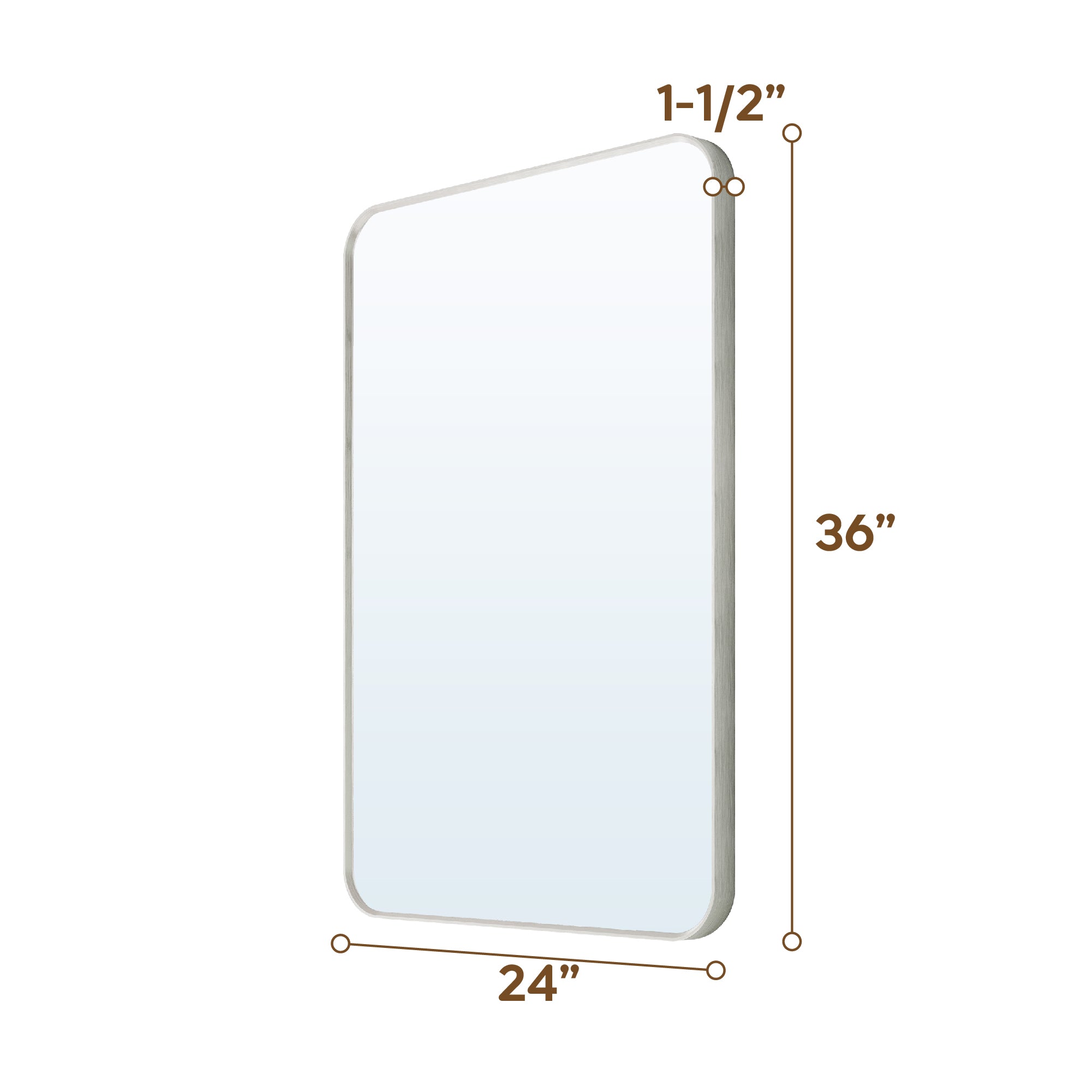

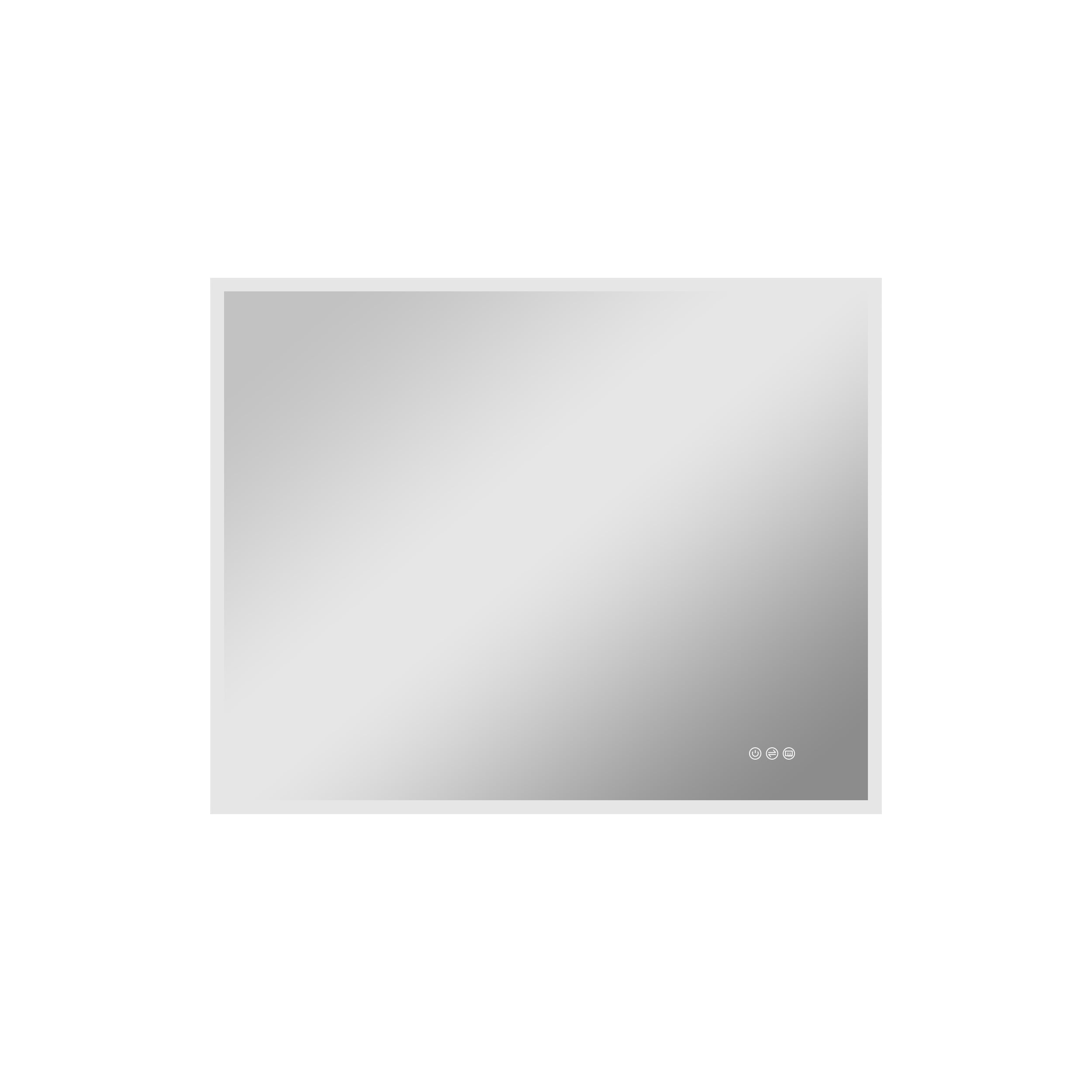
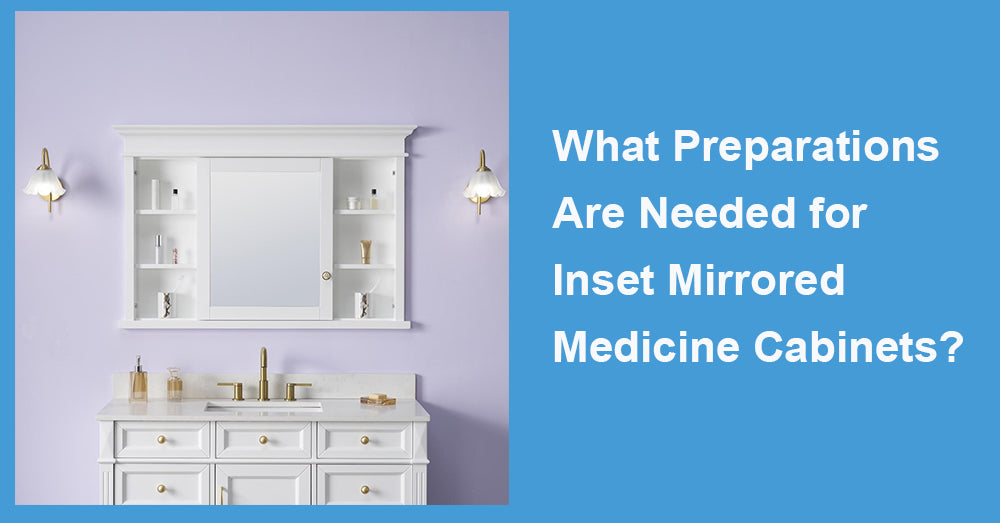
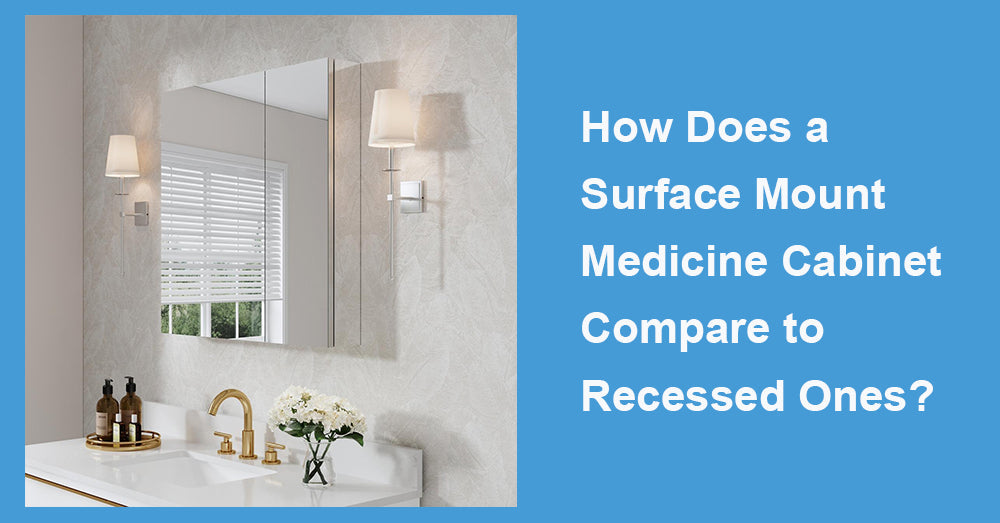
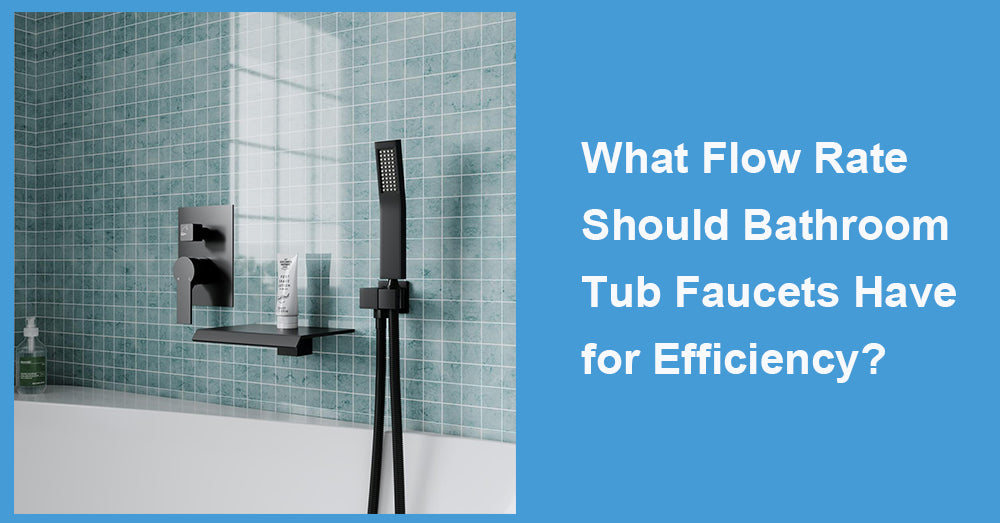
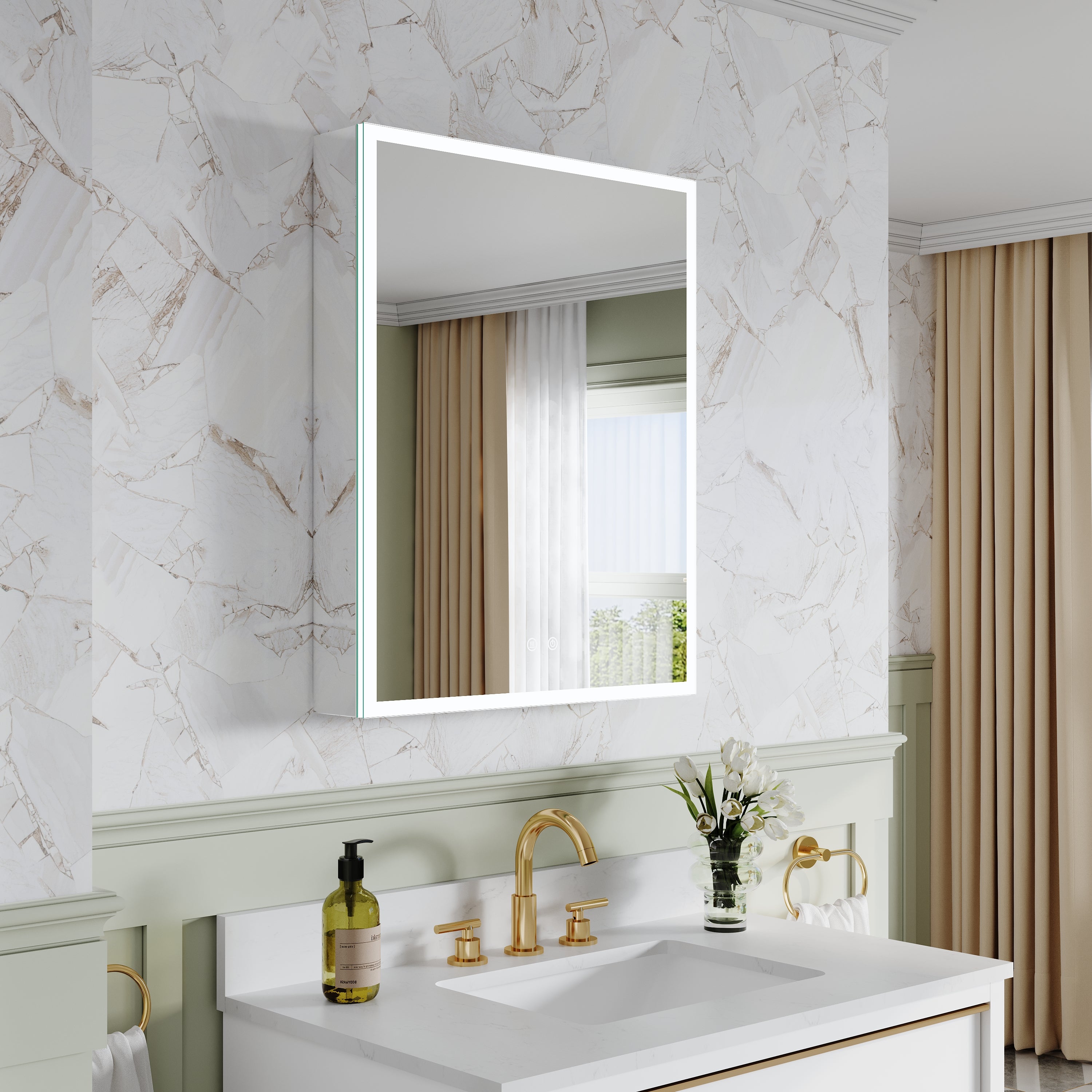
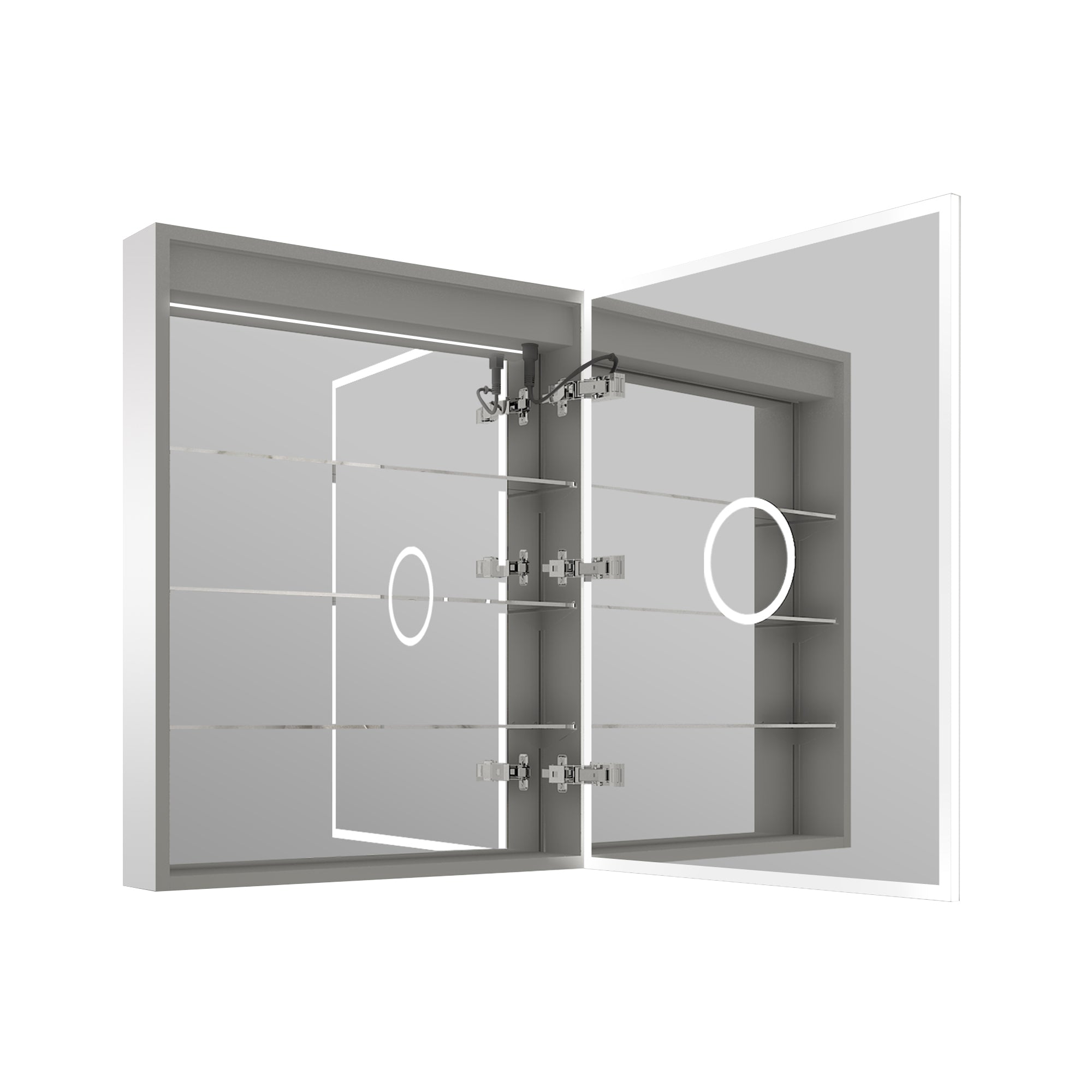
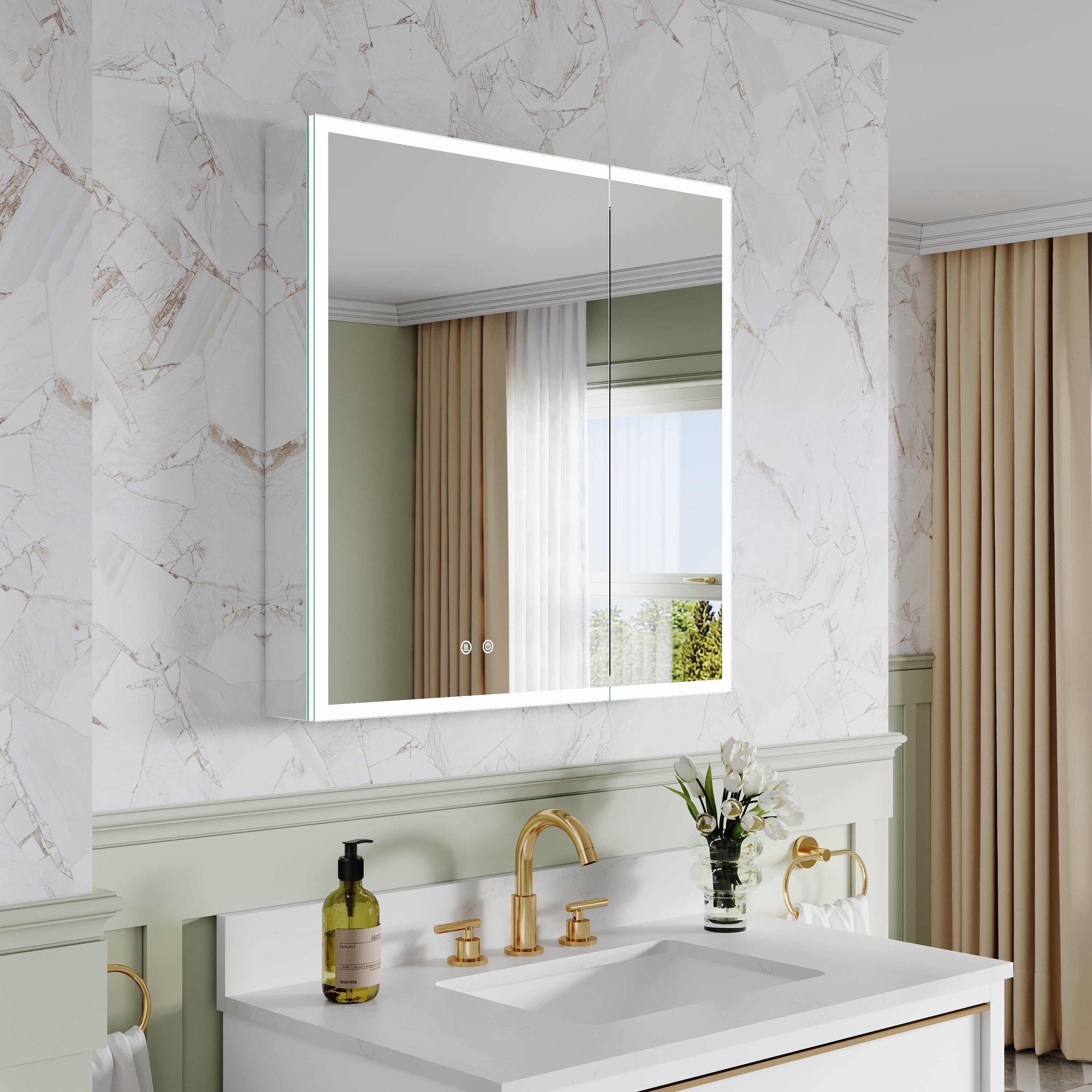
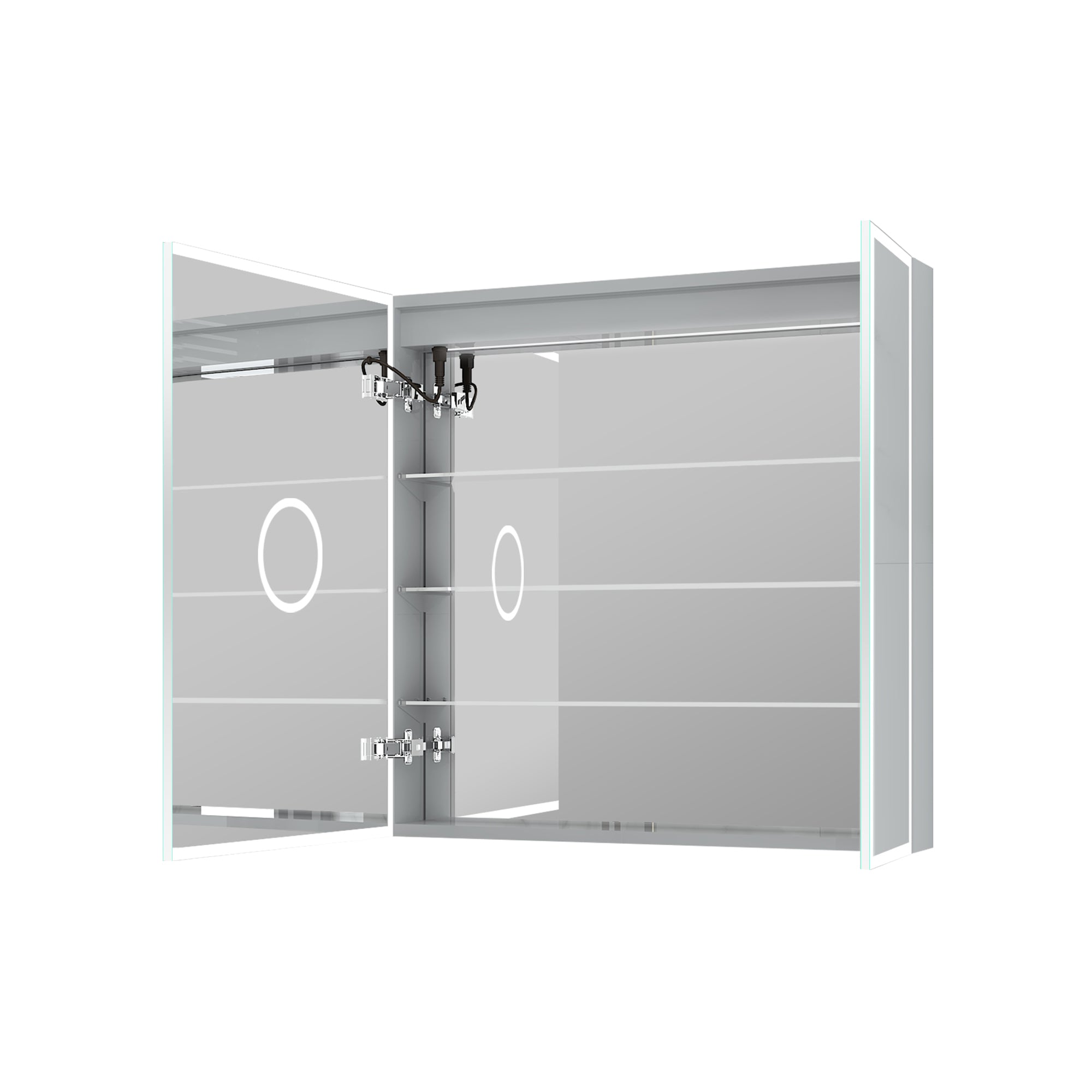
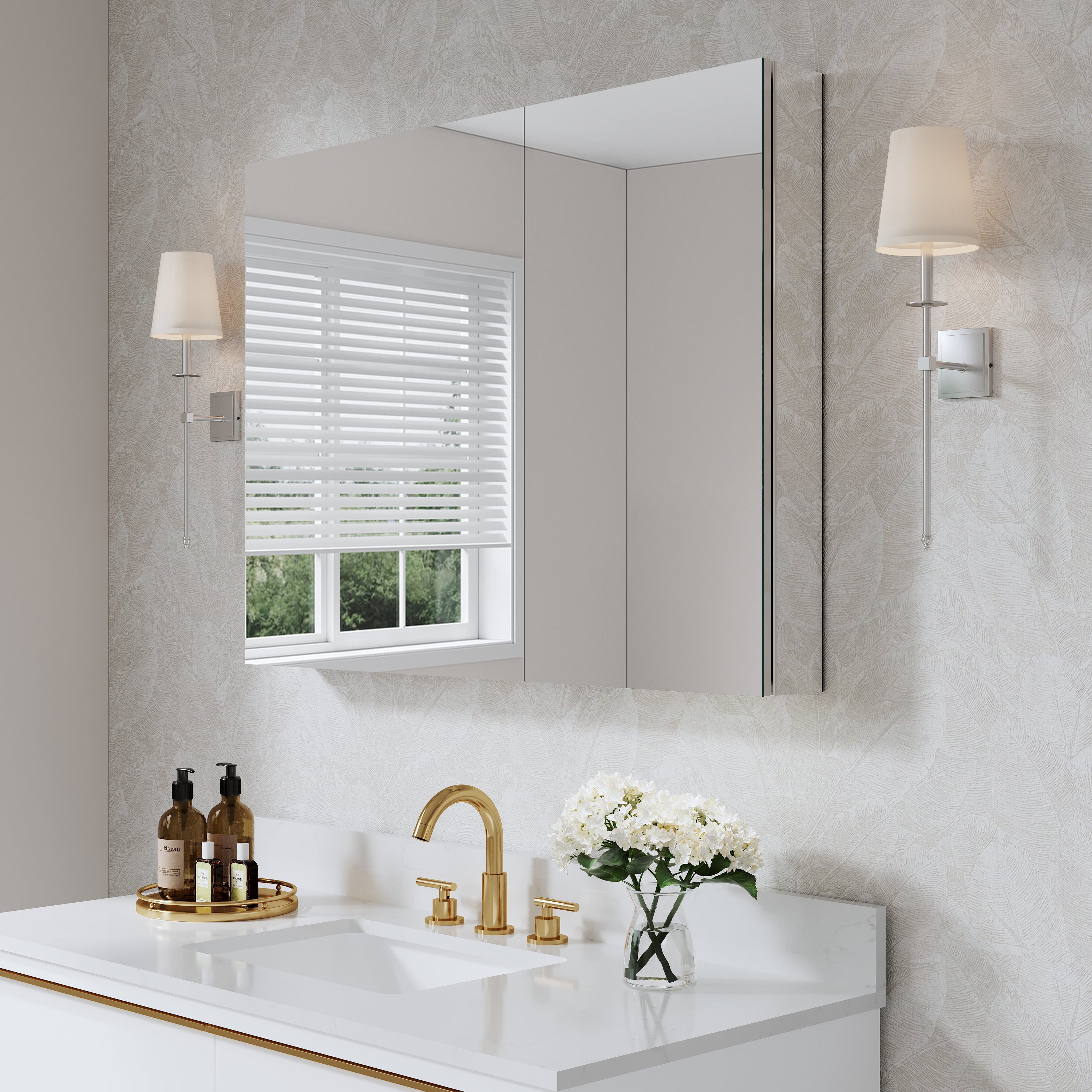
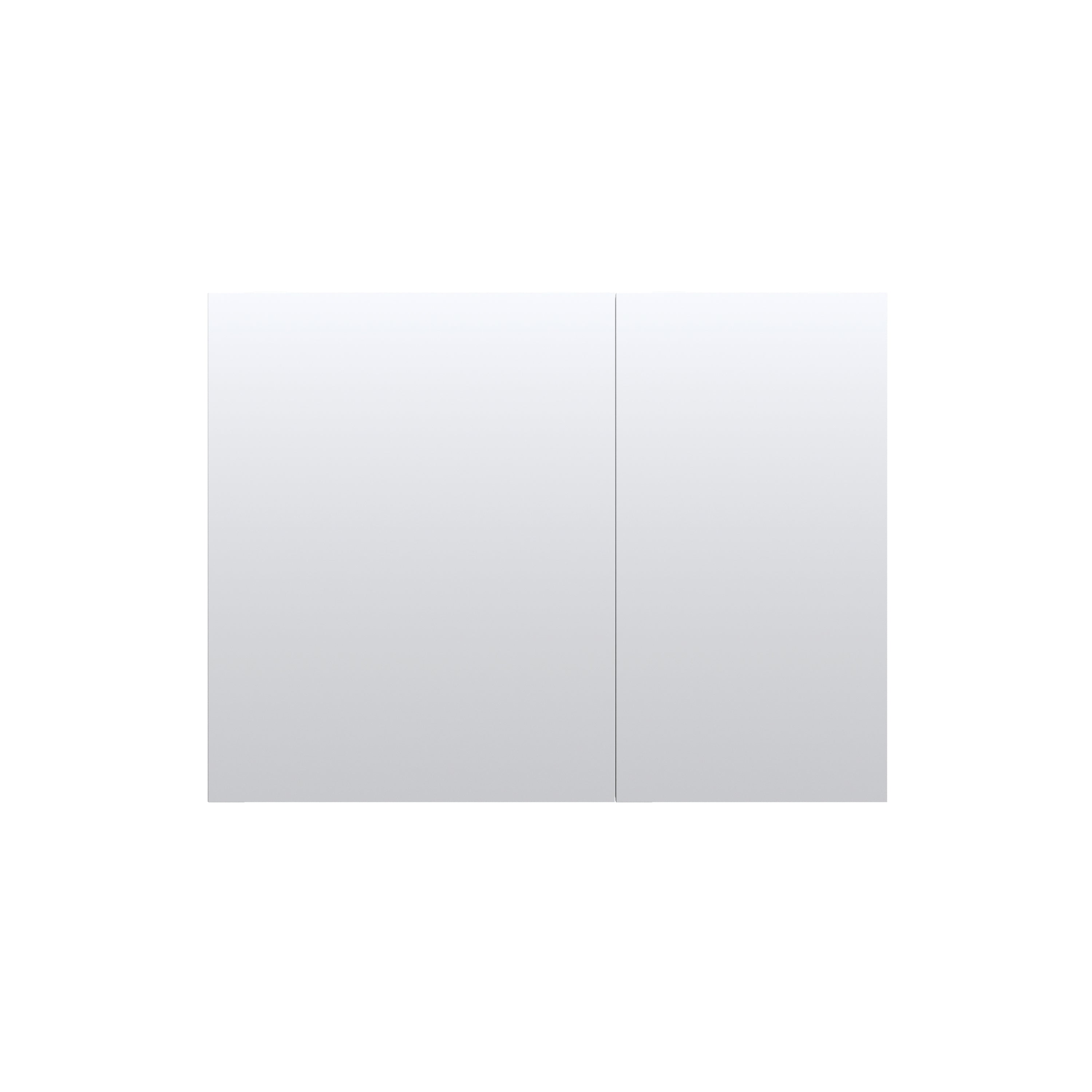
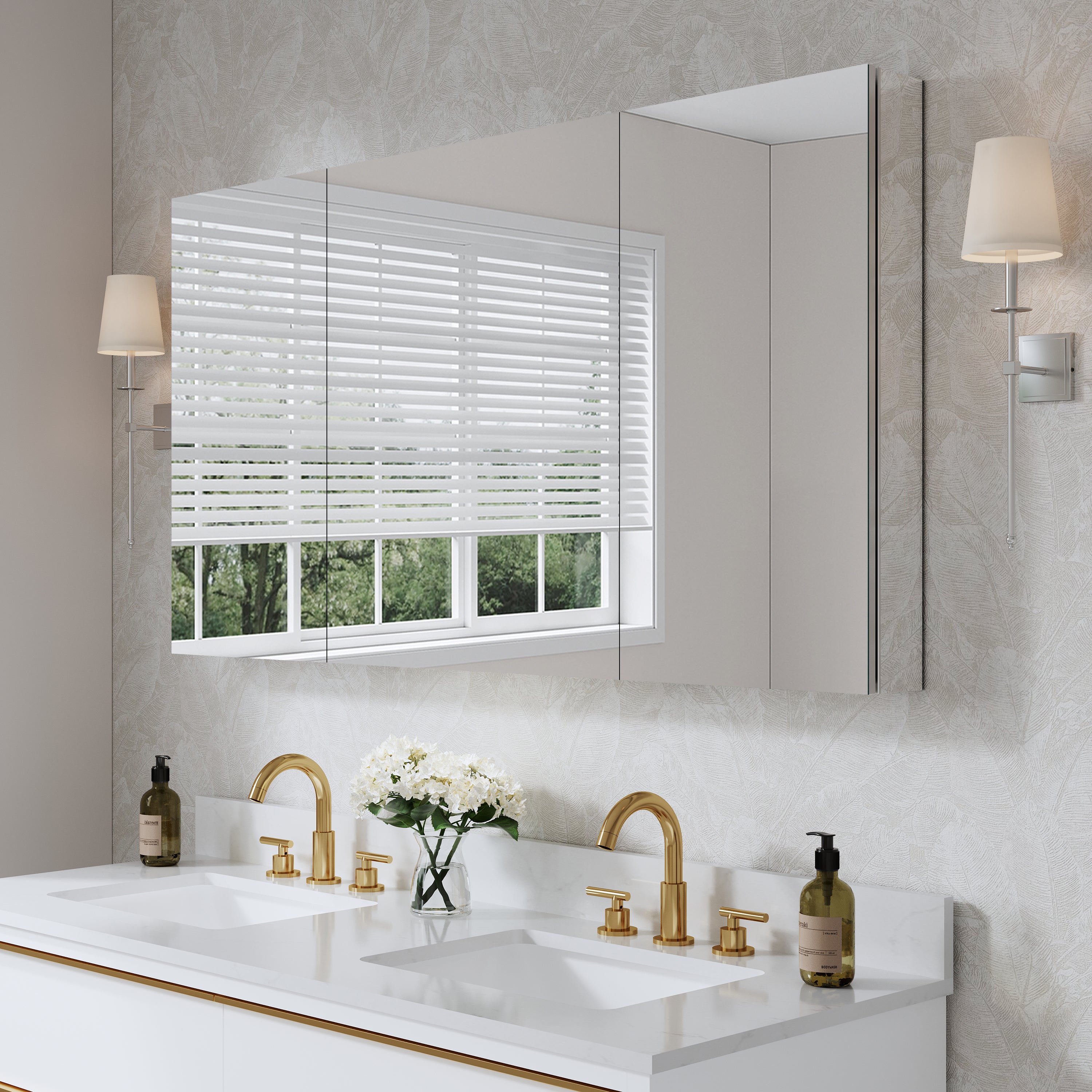
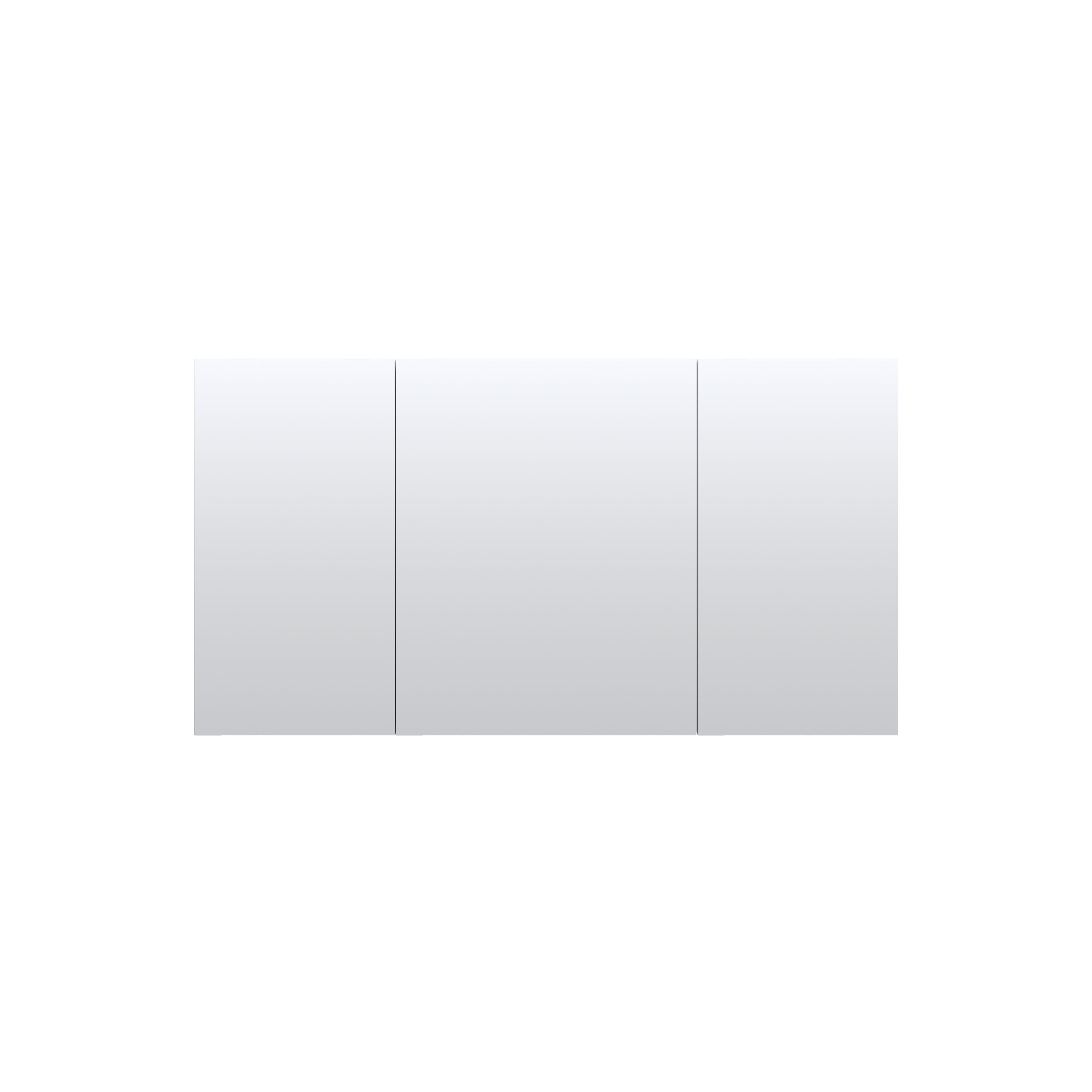
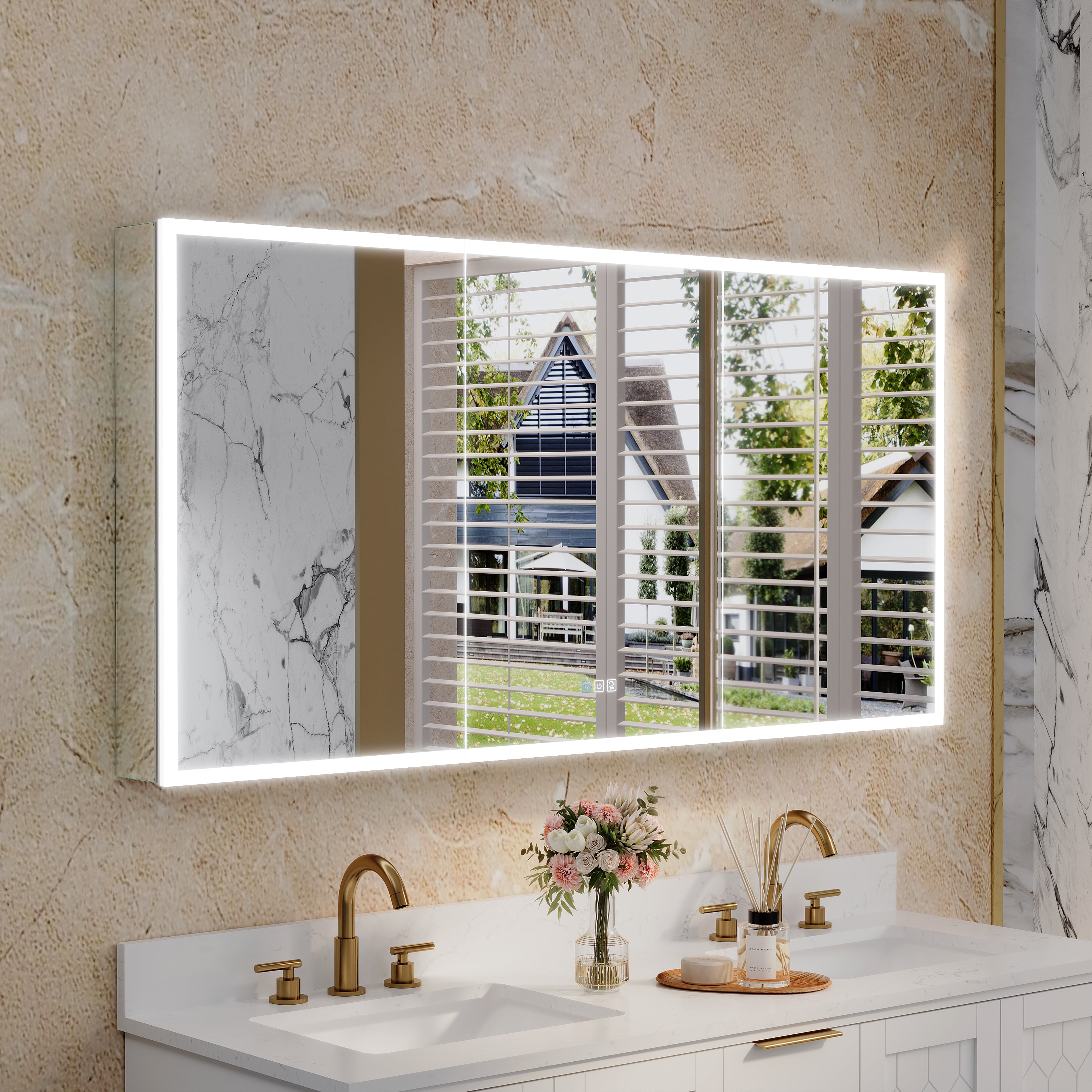

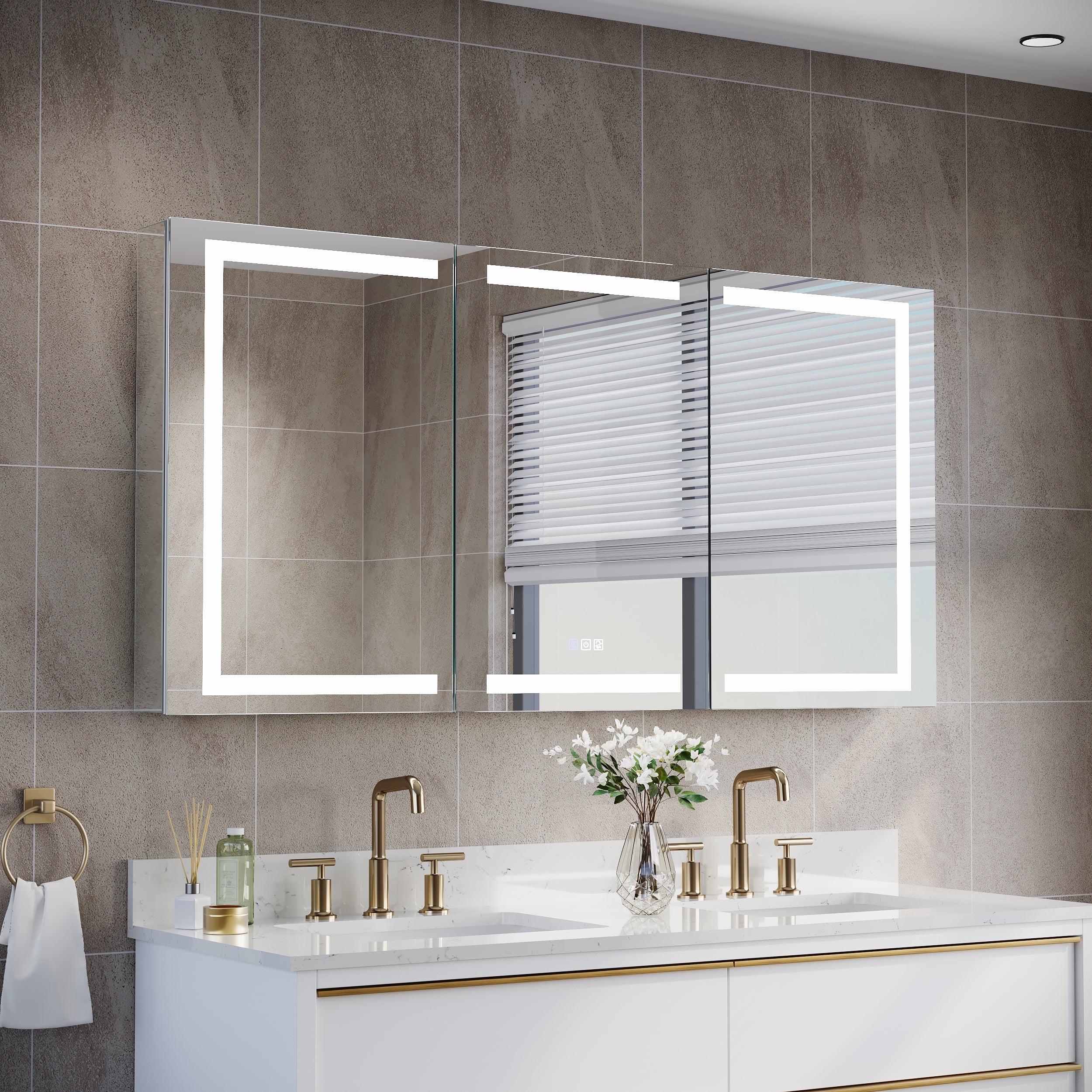


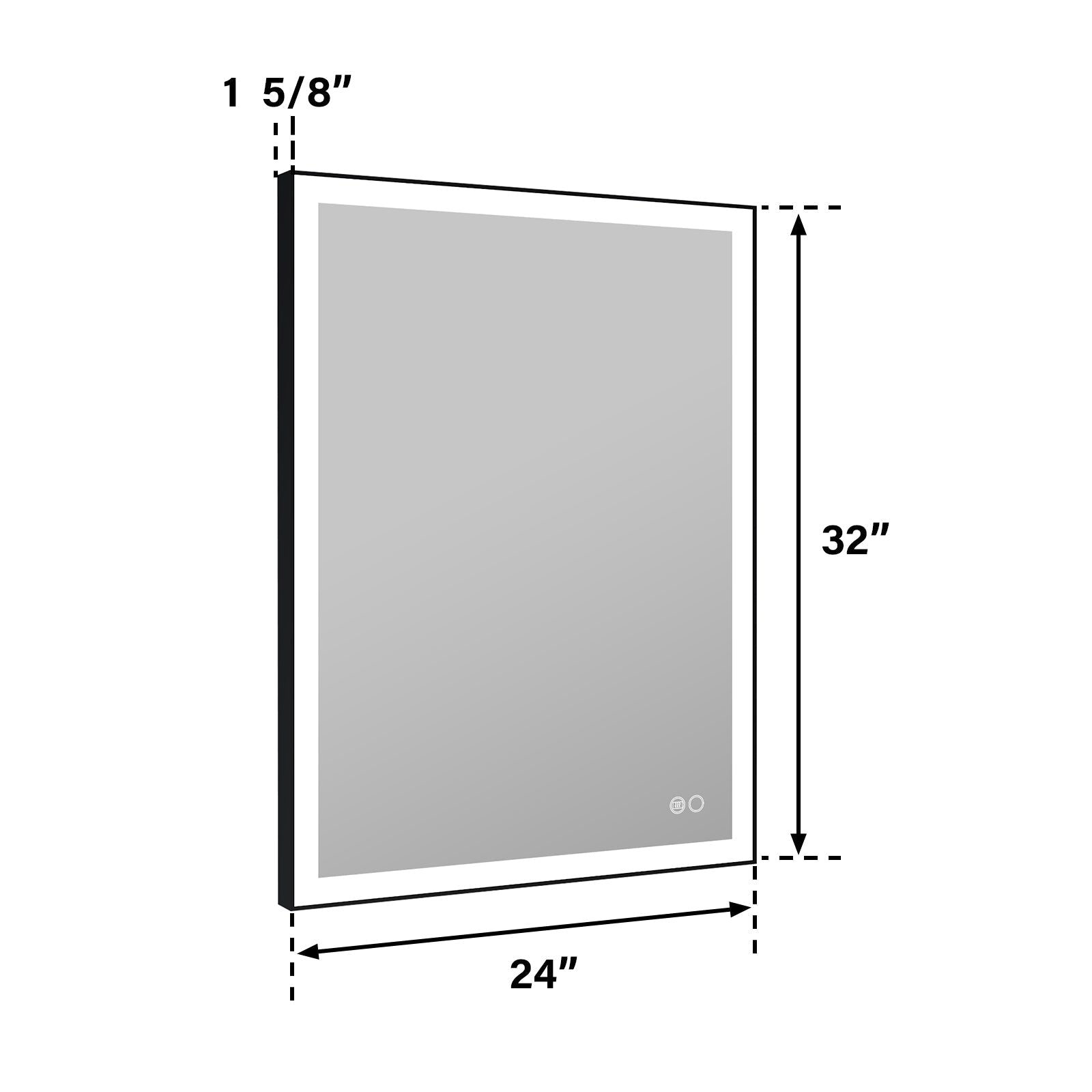
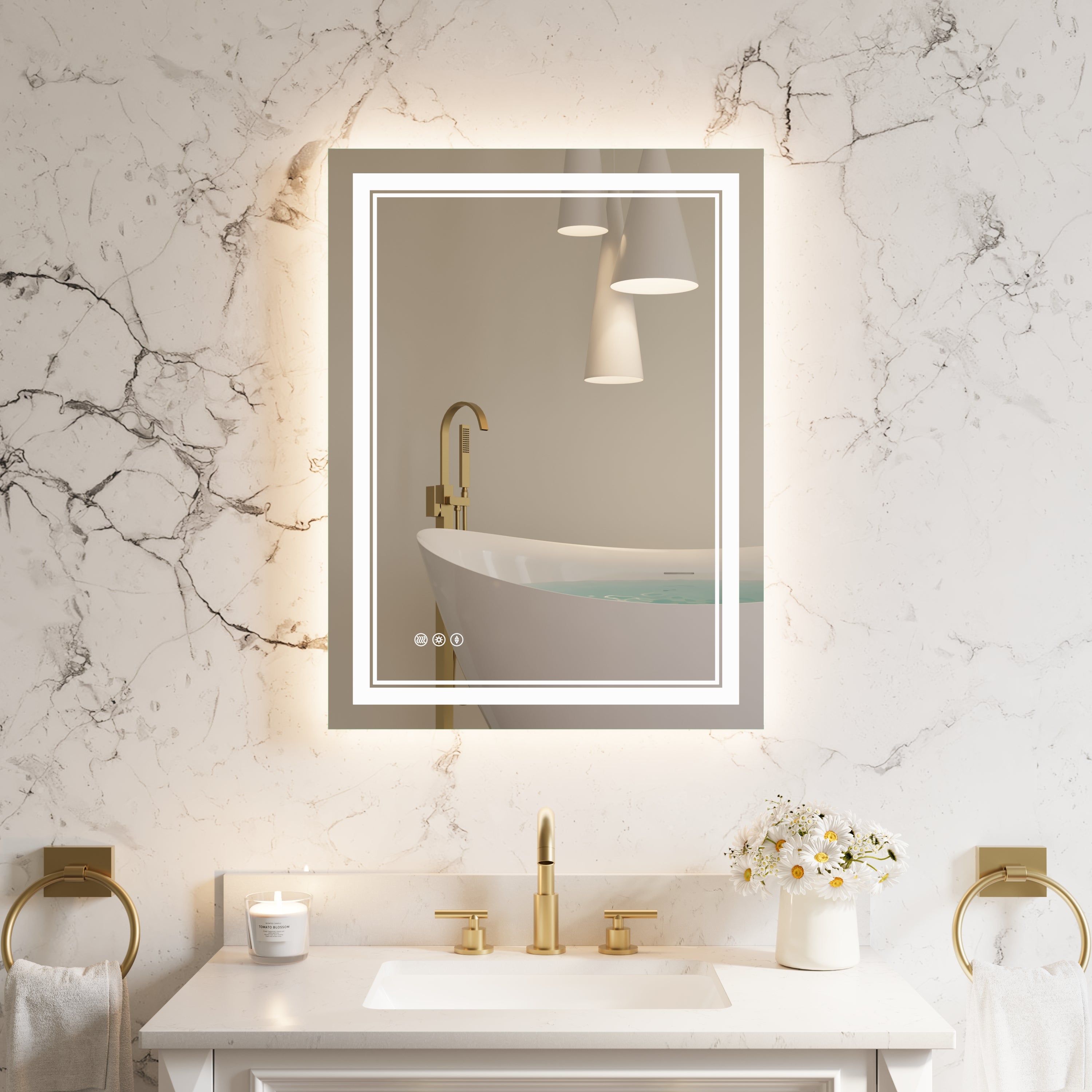
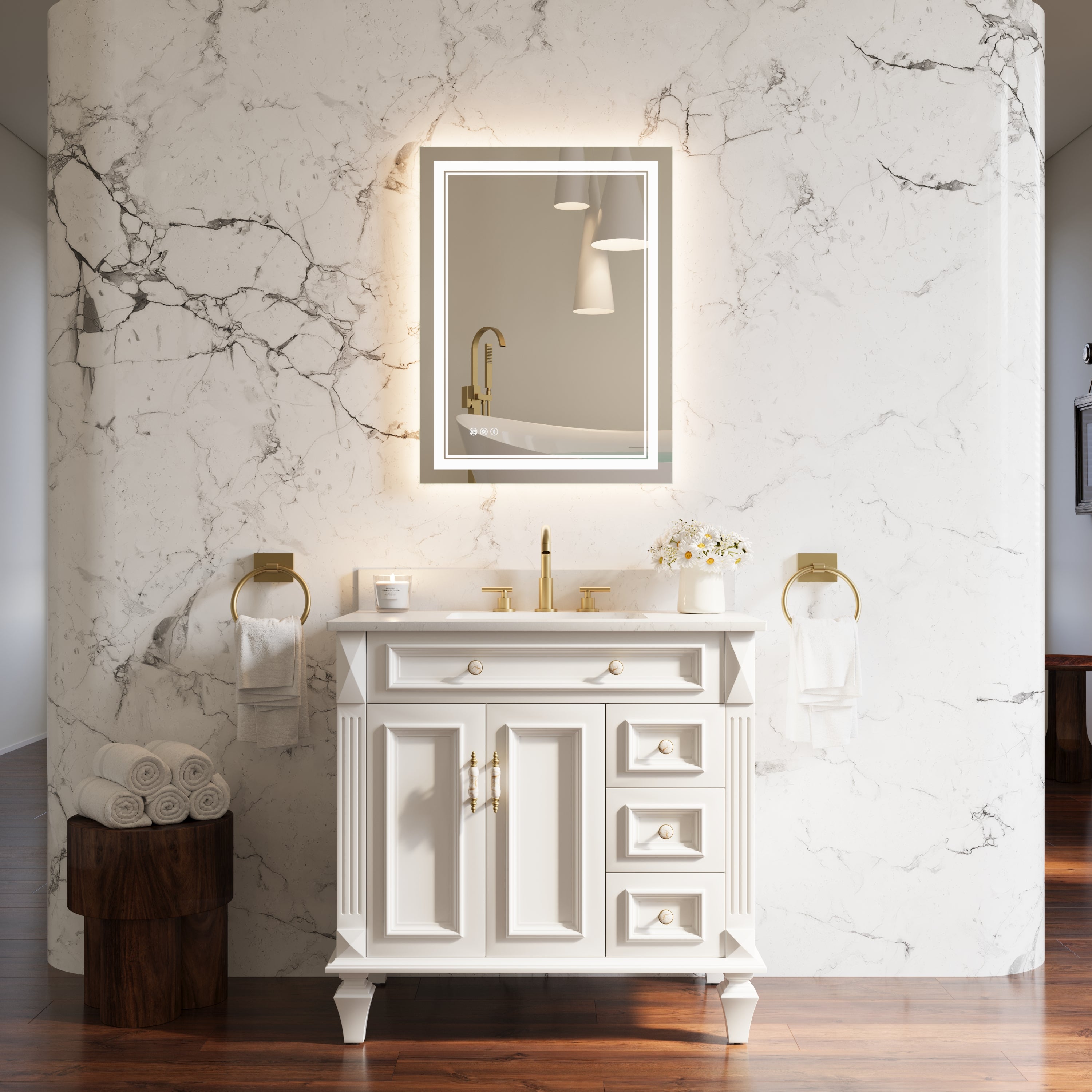
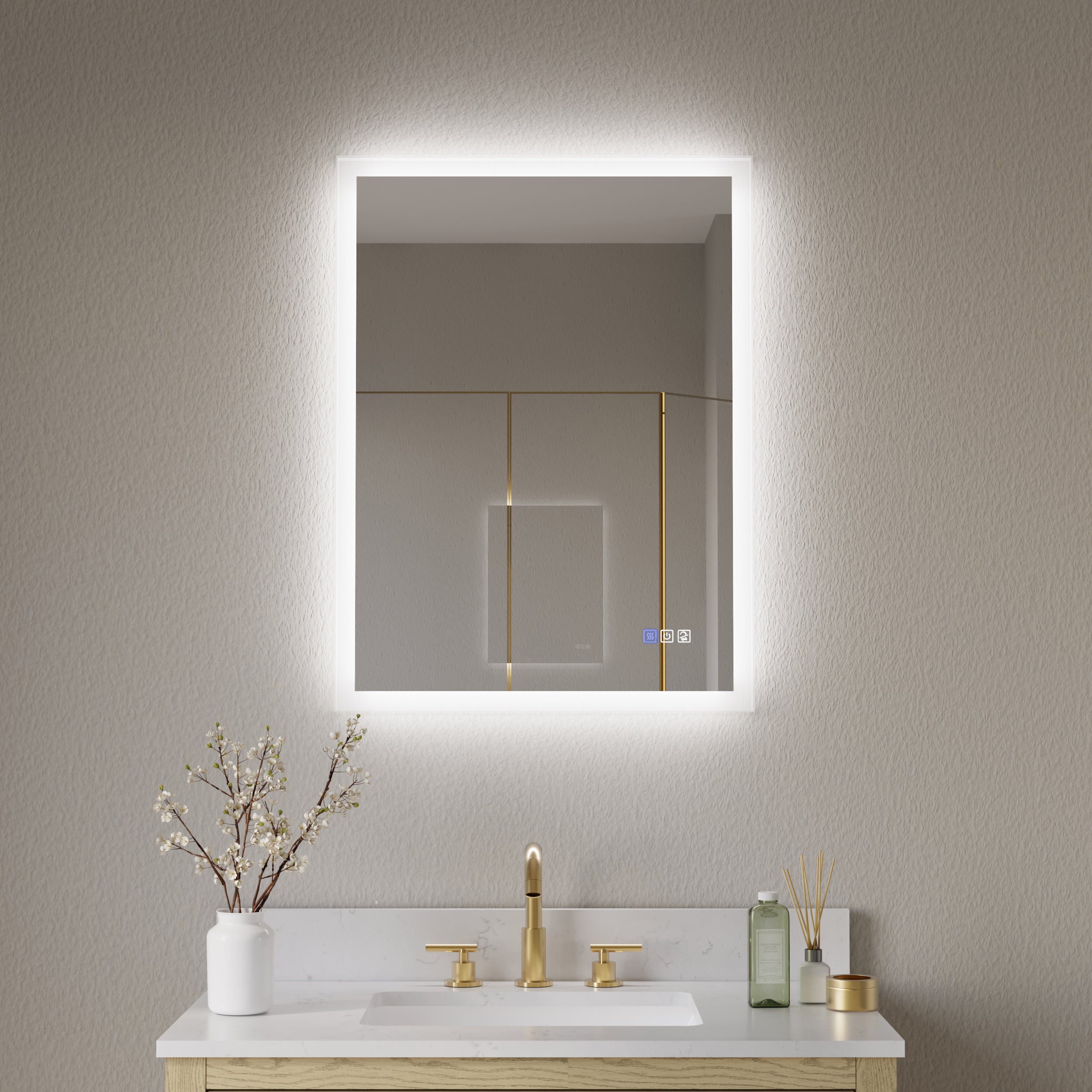

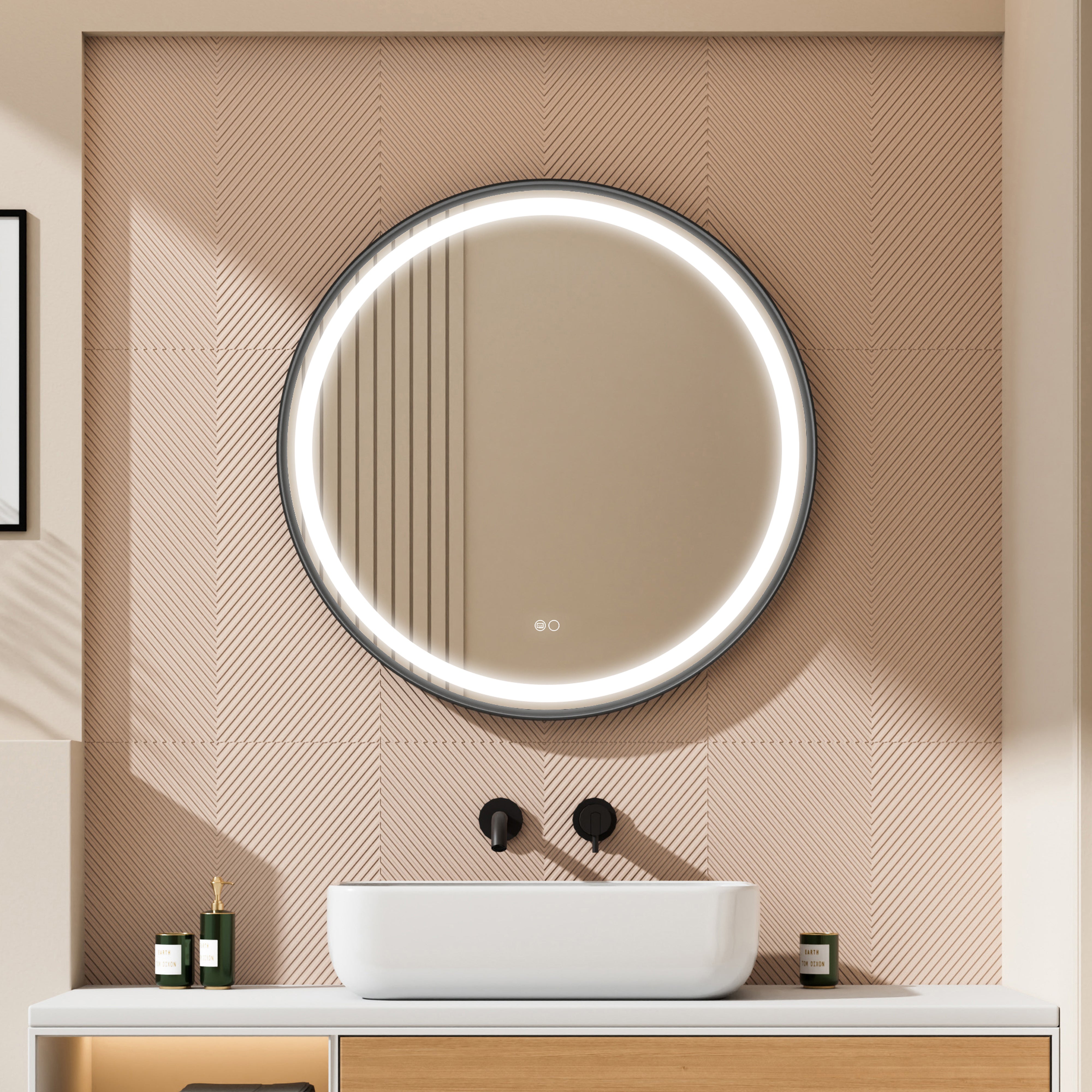
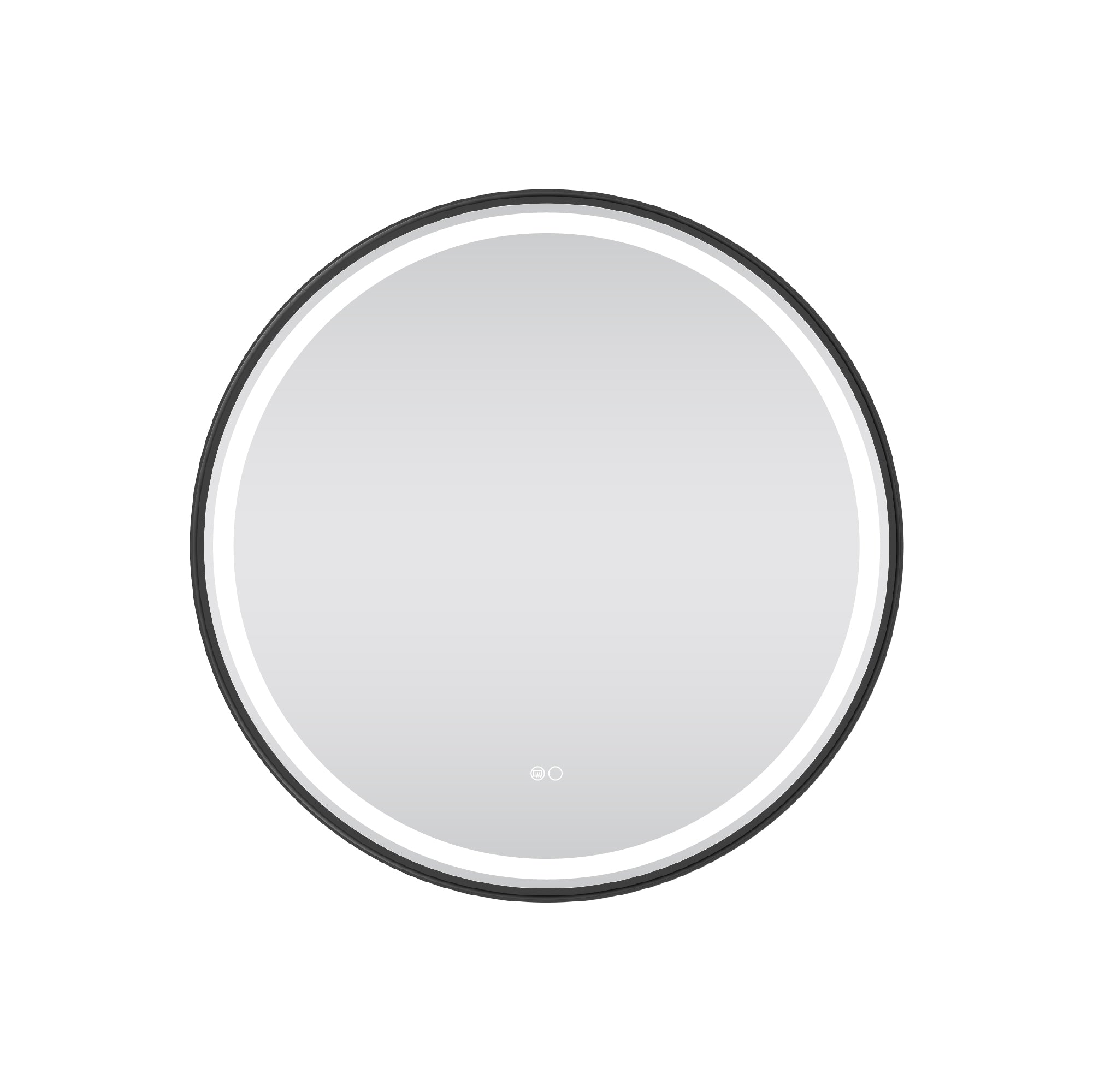


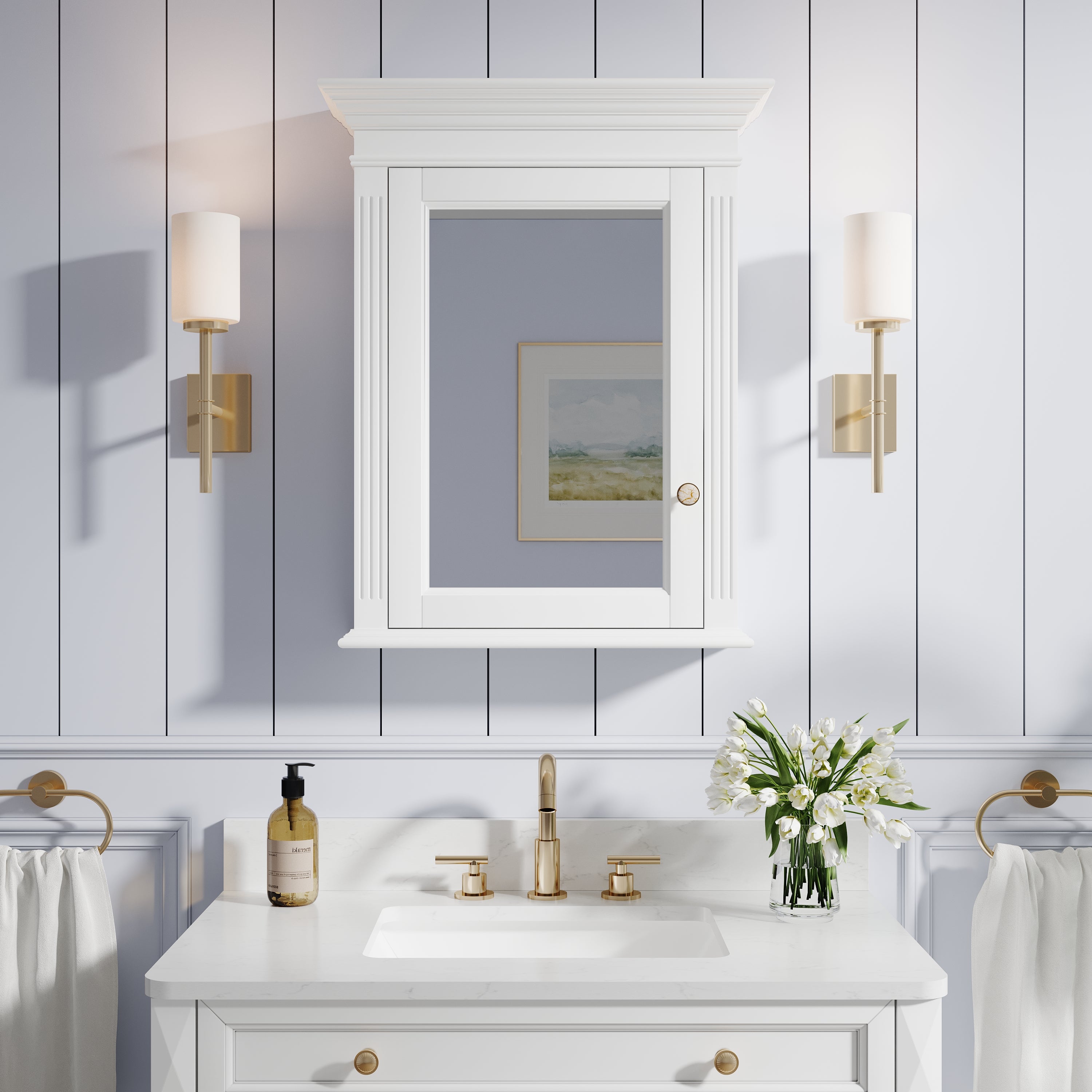
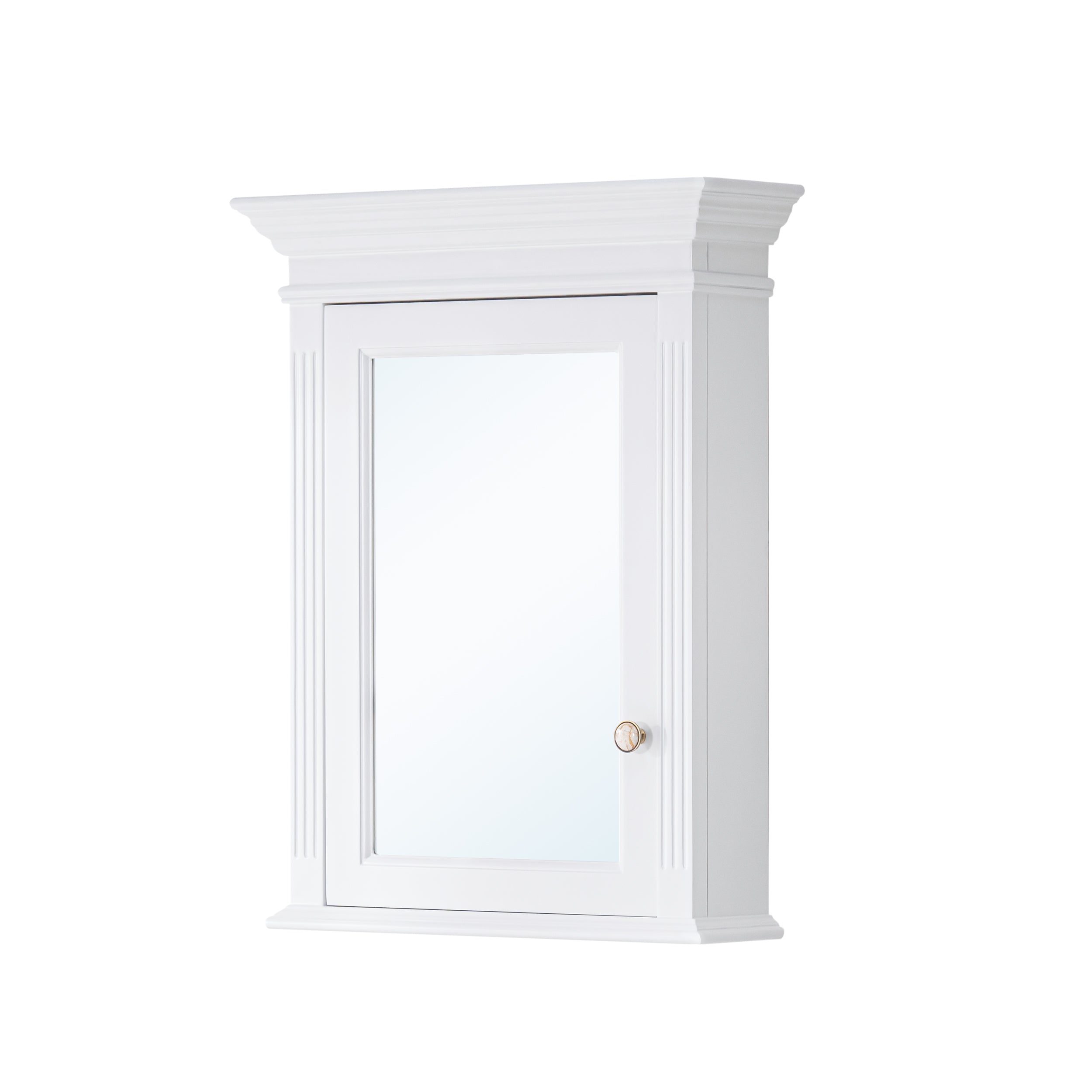
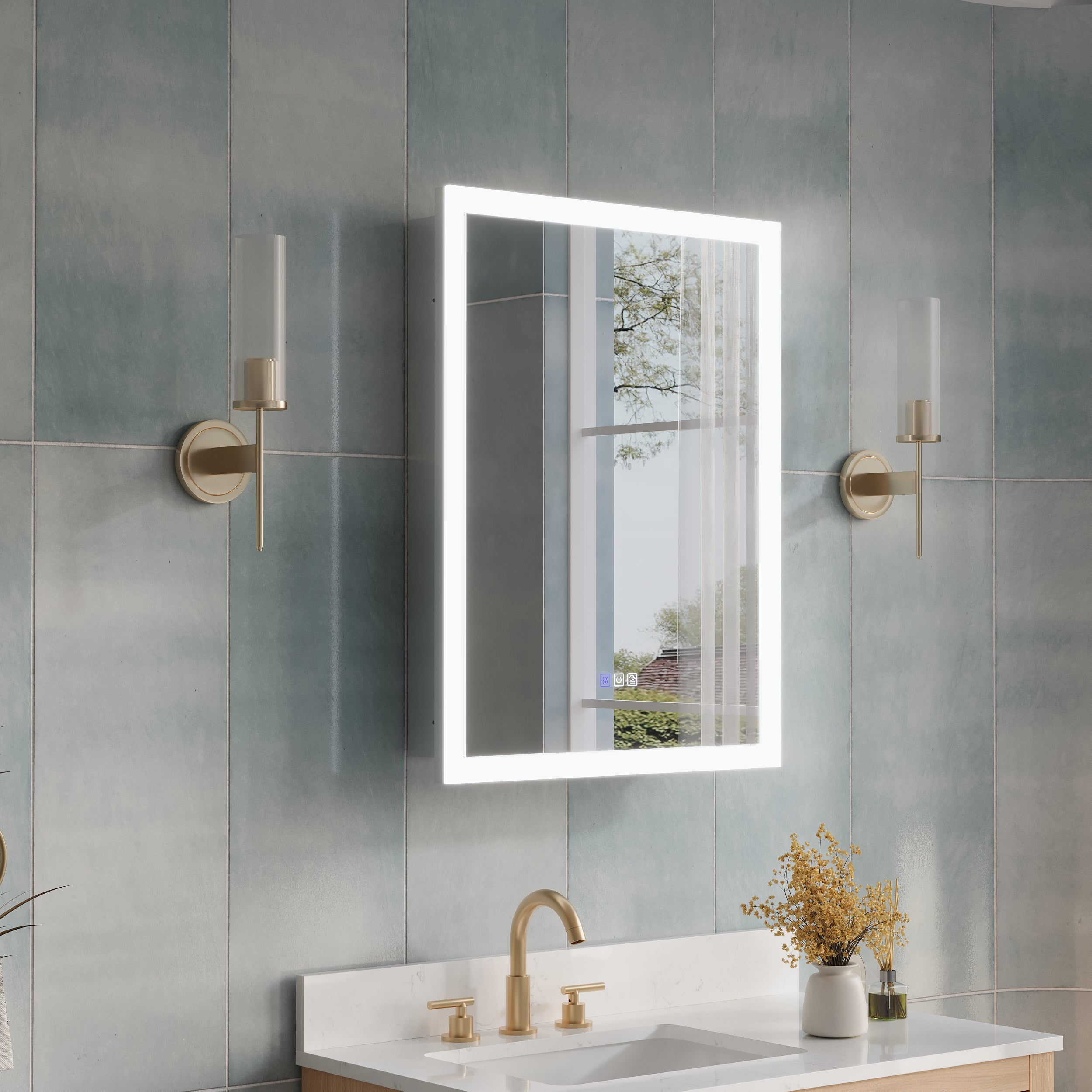
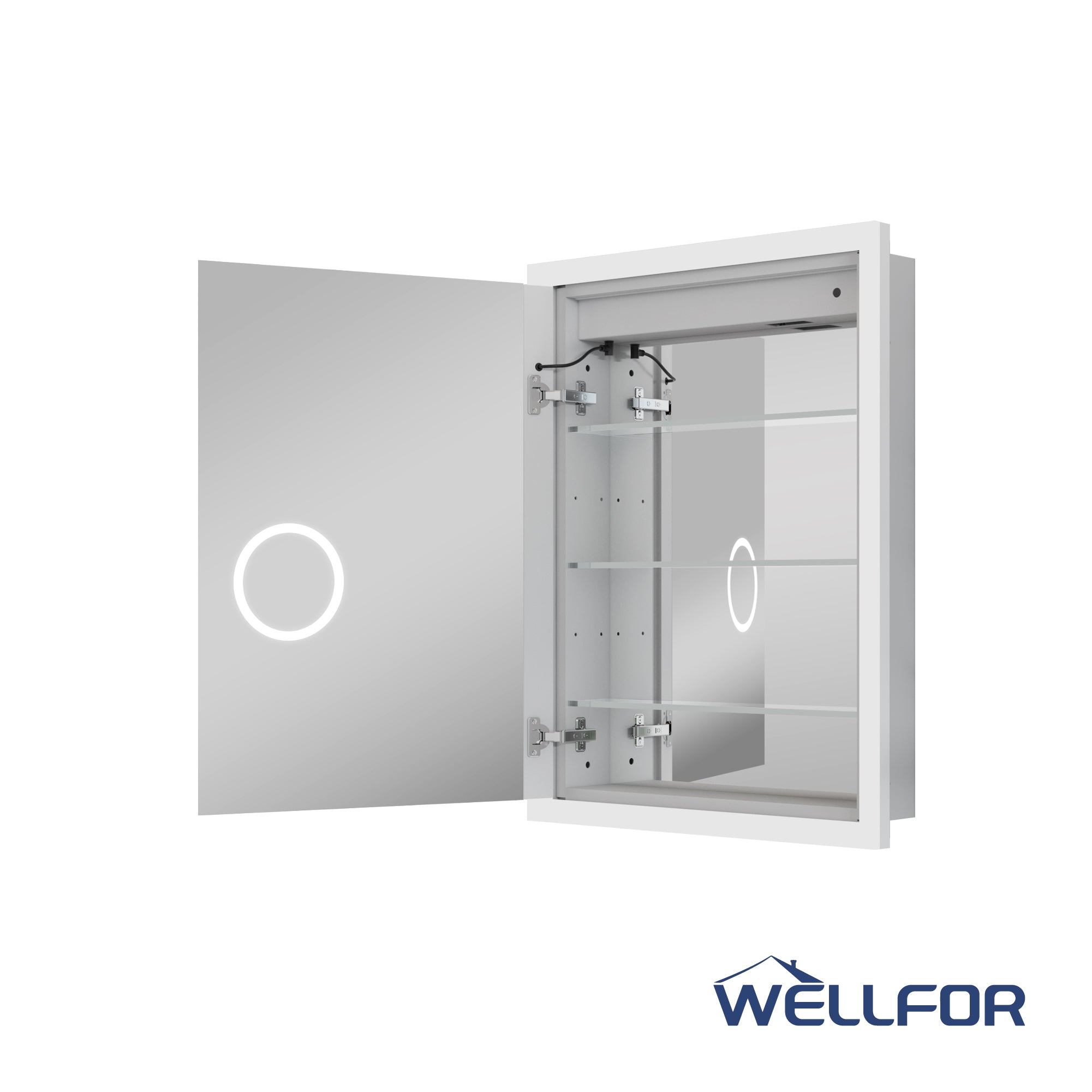
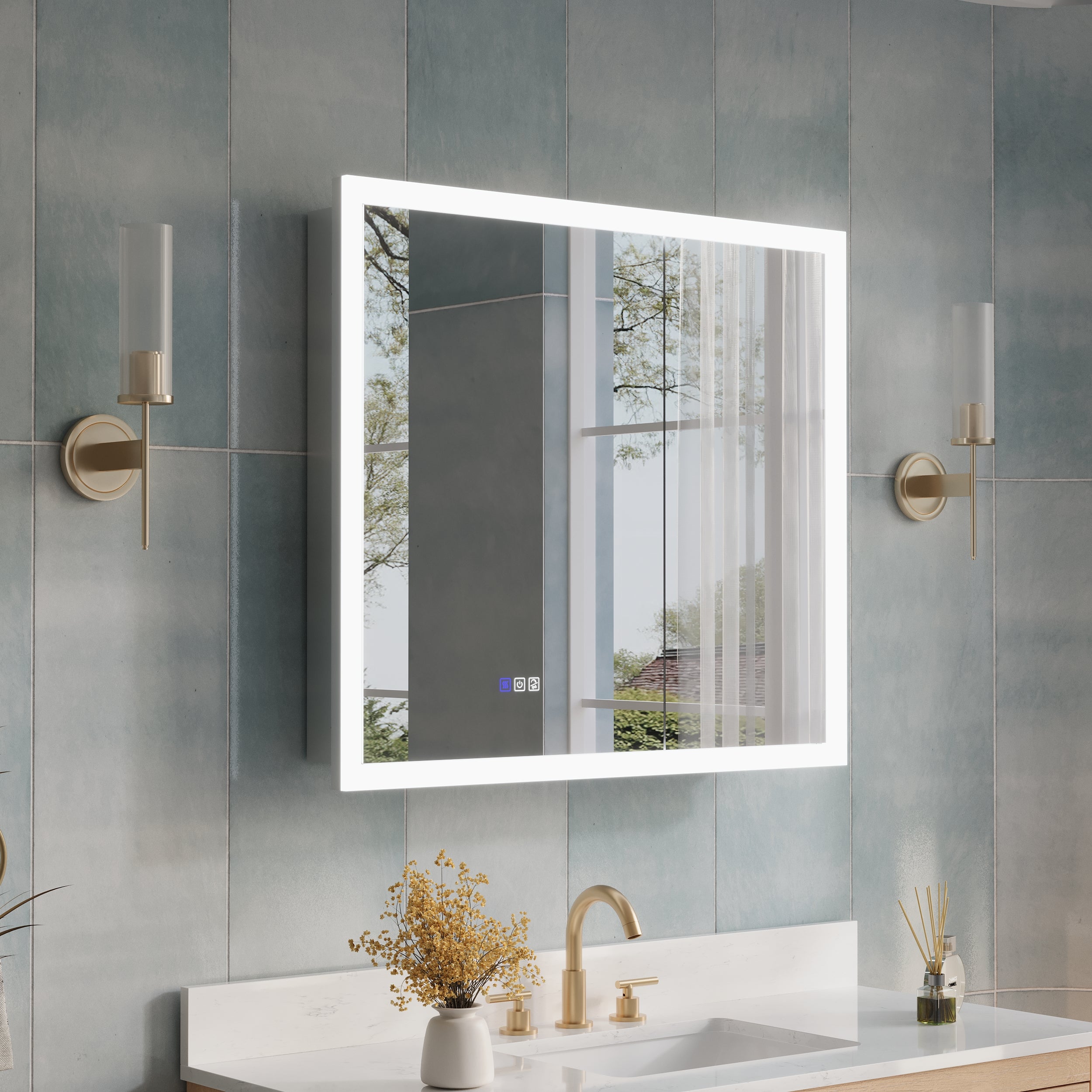




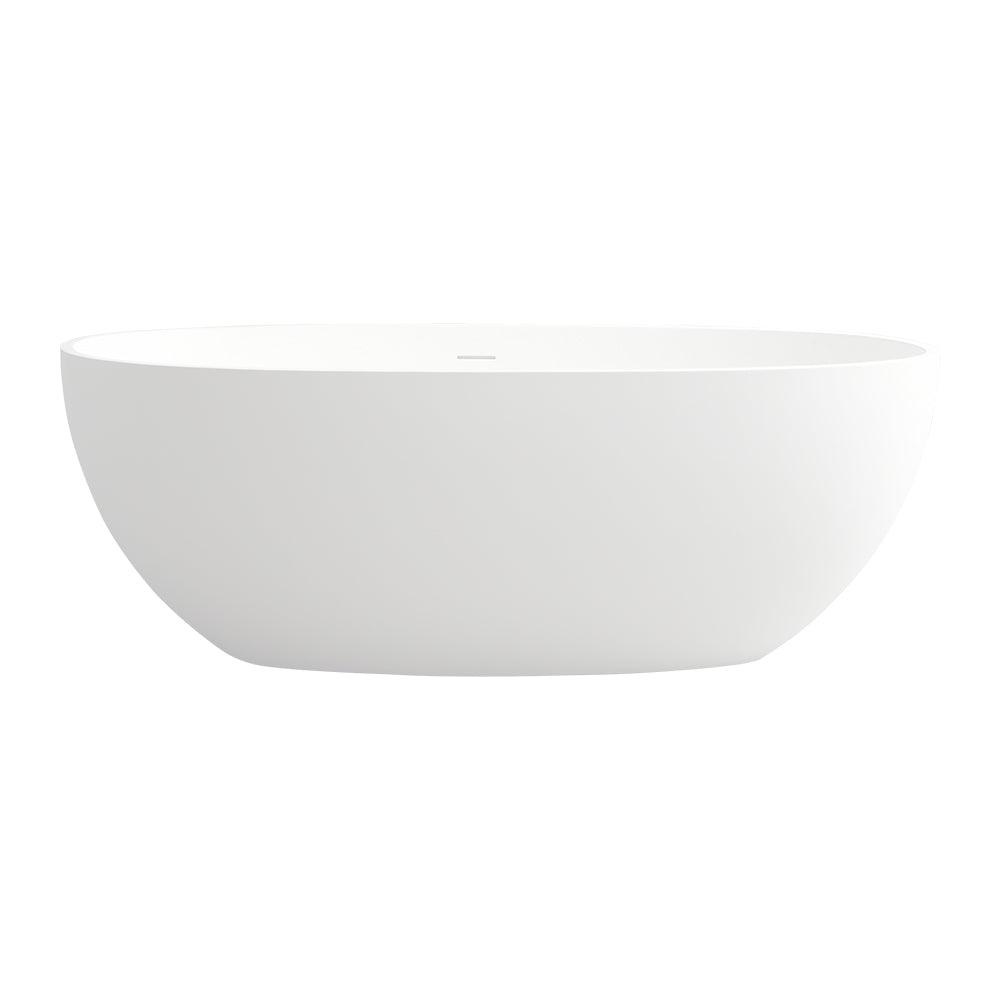
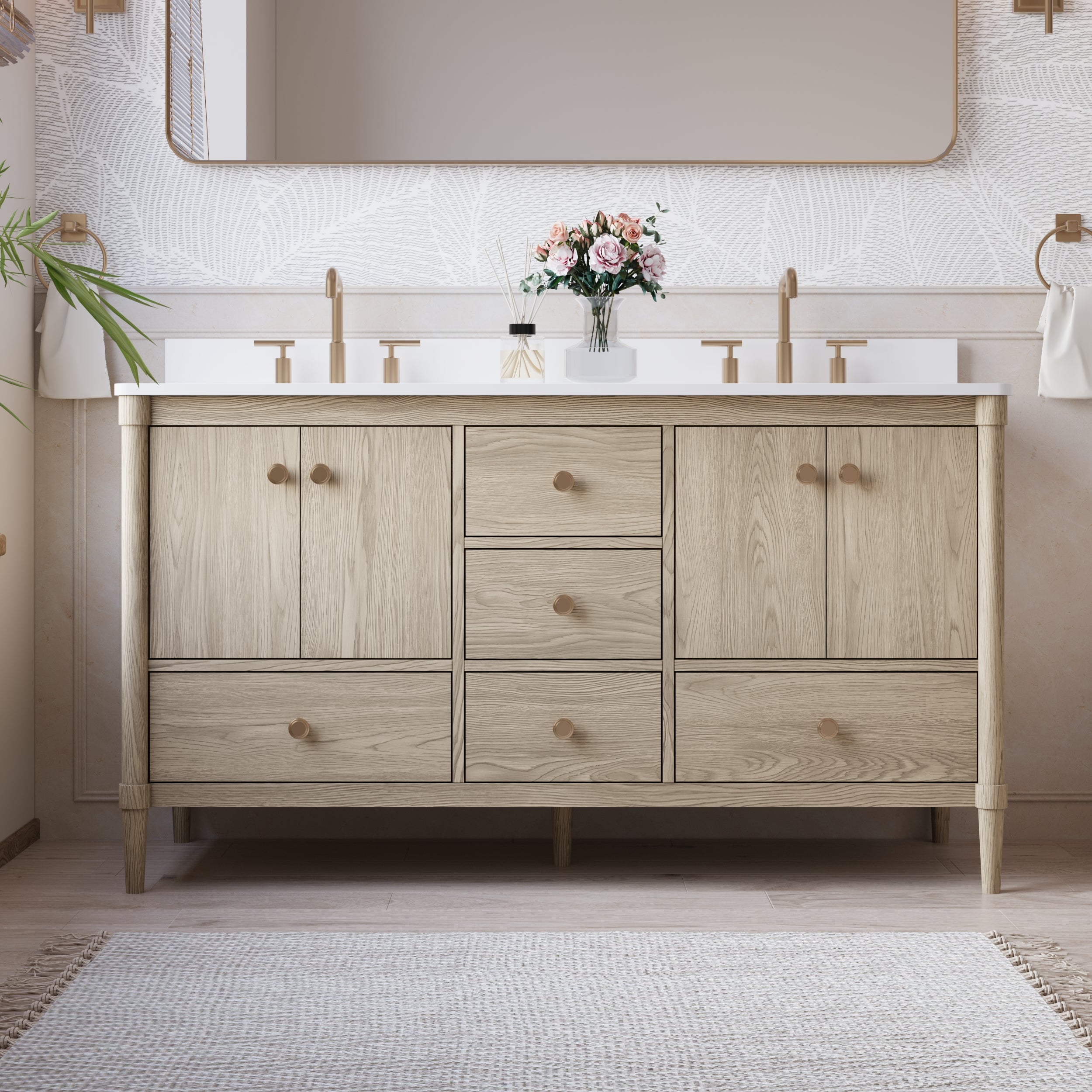
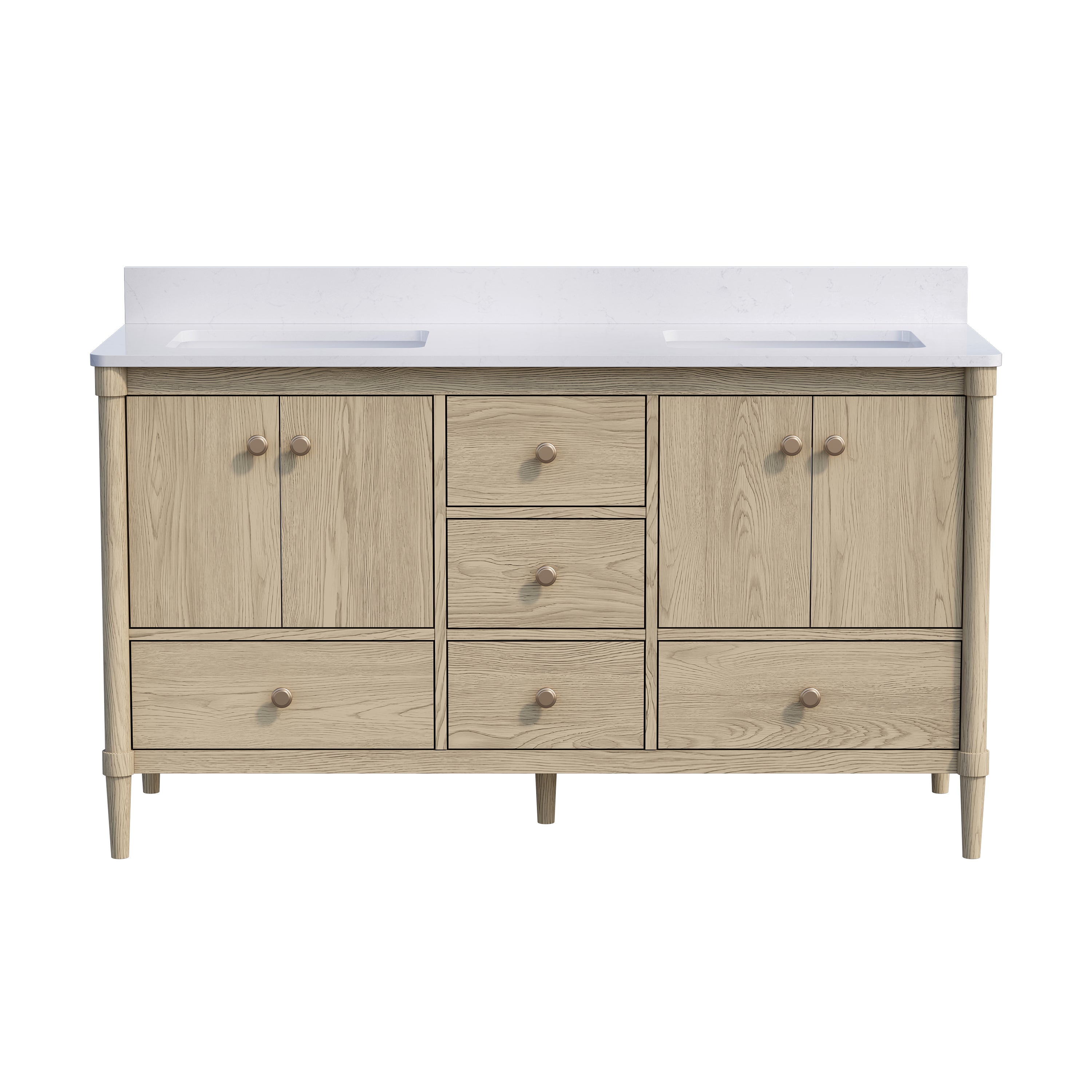
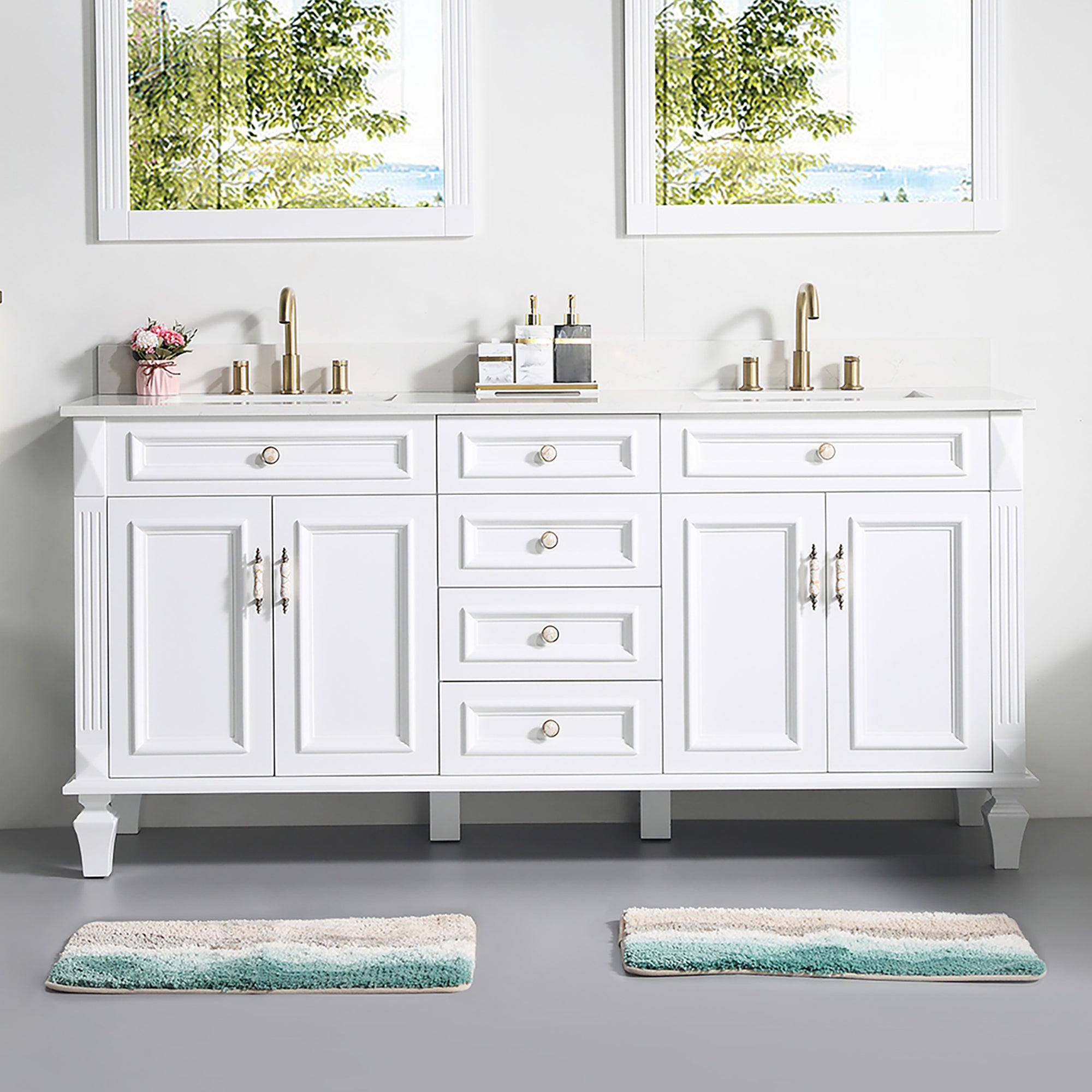

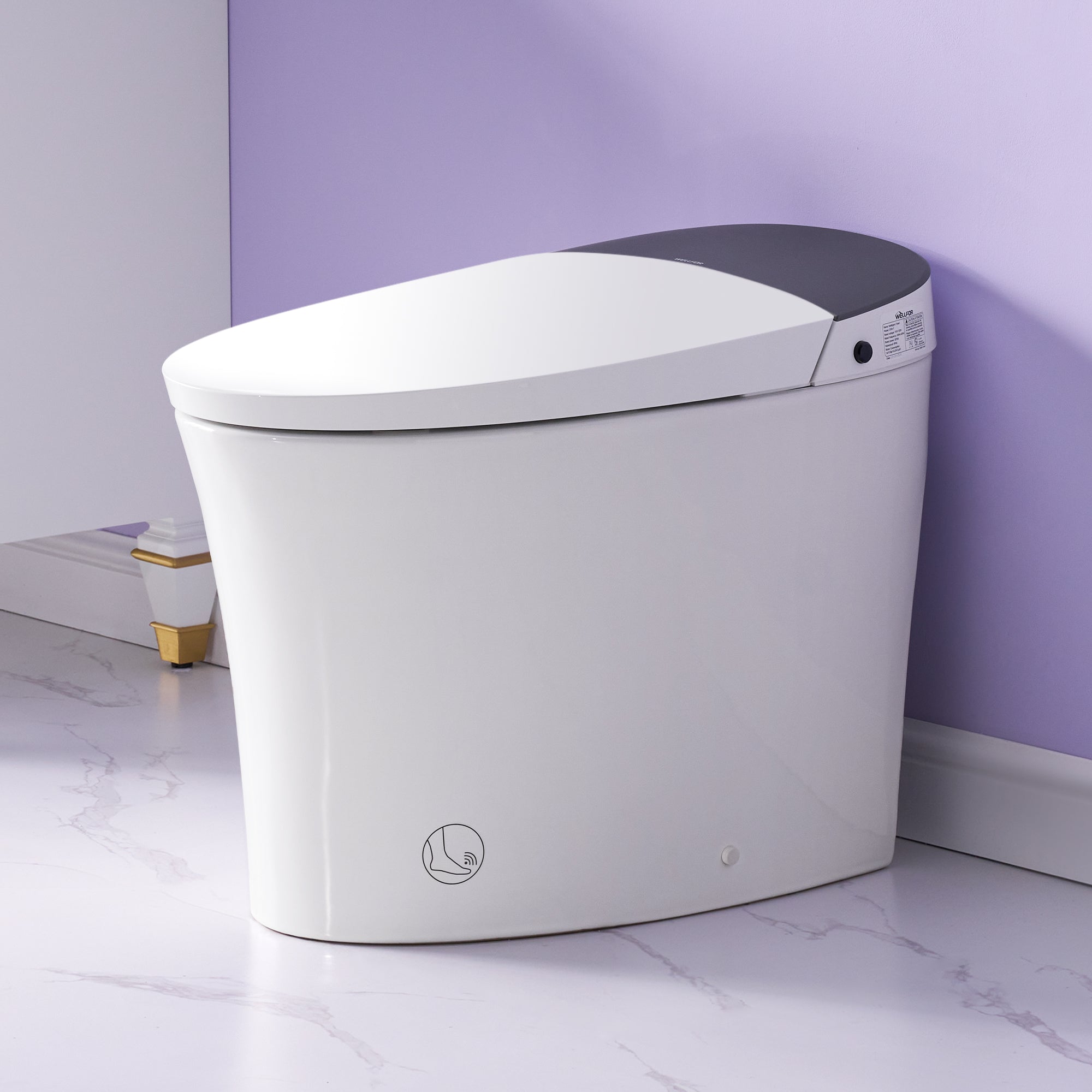
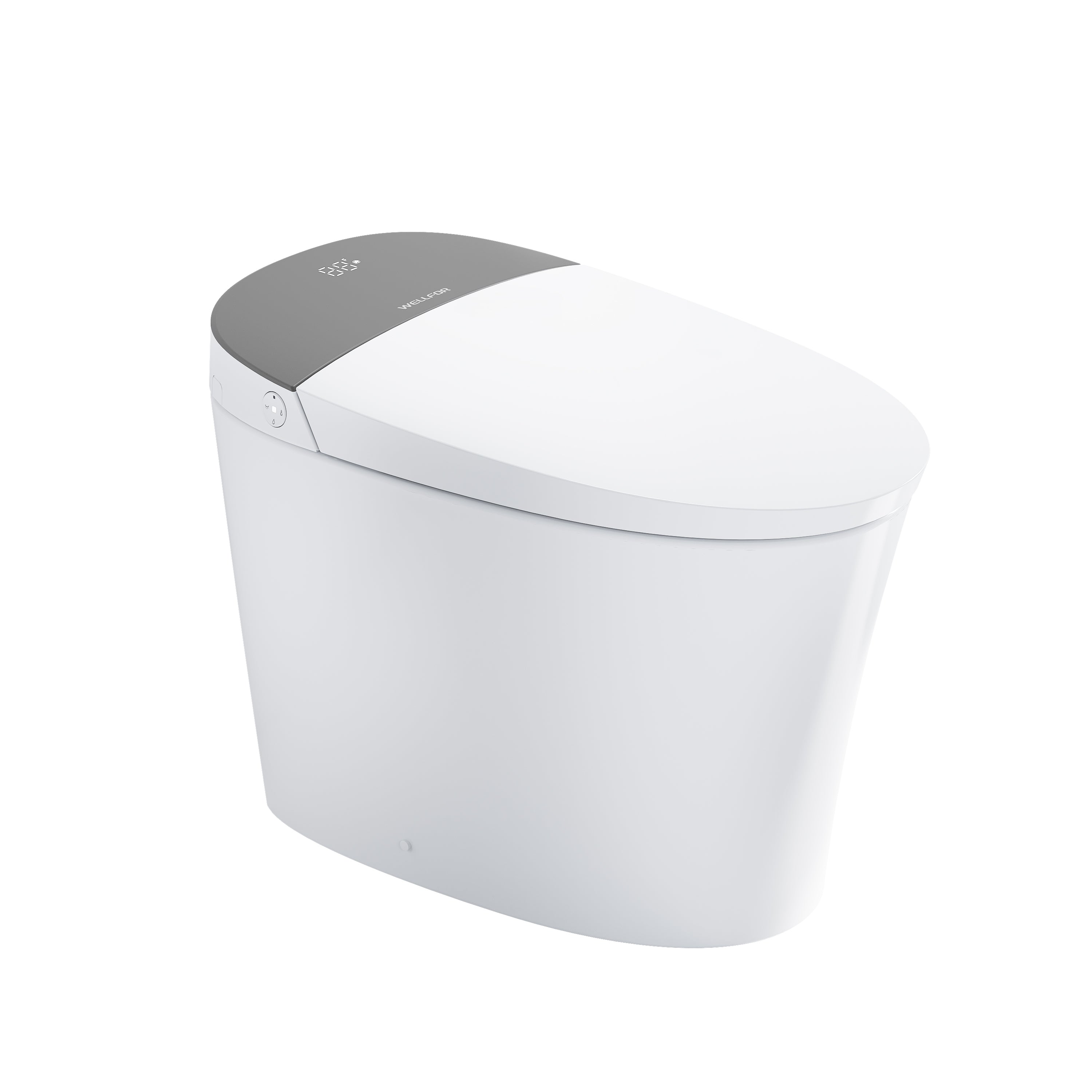

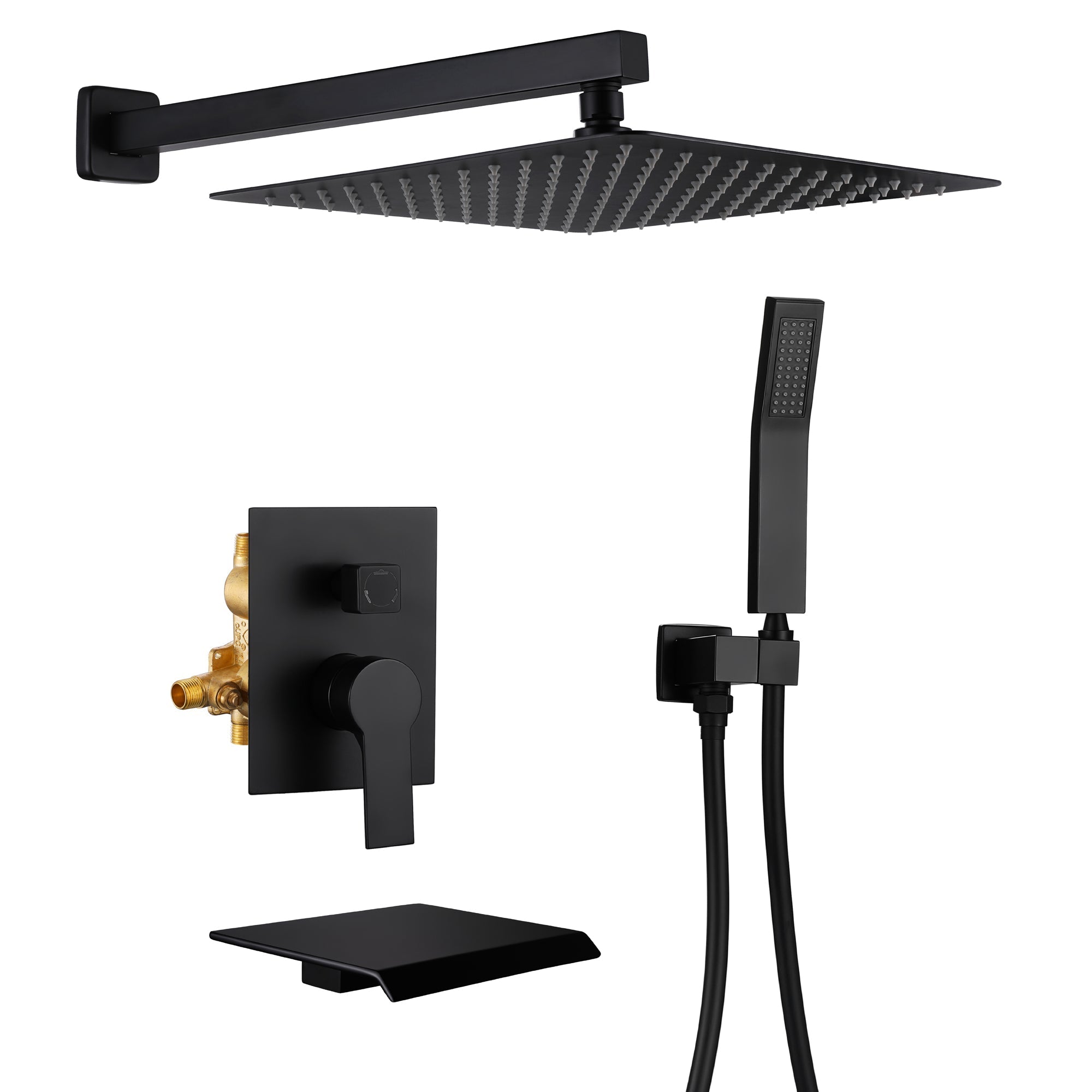
Leave a comment
This site is protected by hCaptcha and the hCaptcha Privacy Policy and Terms of Service apply.